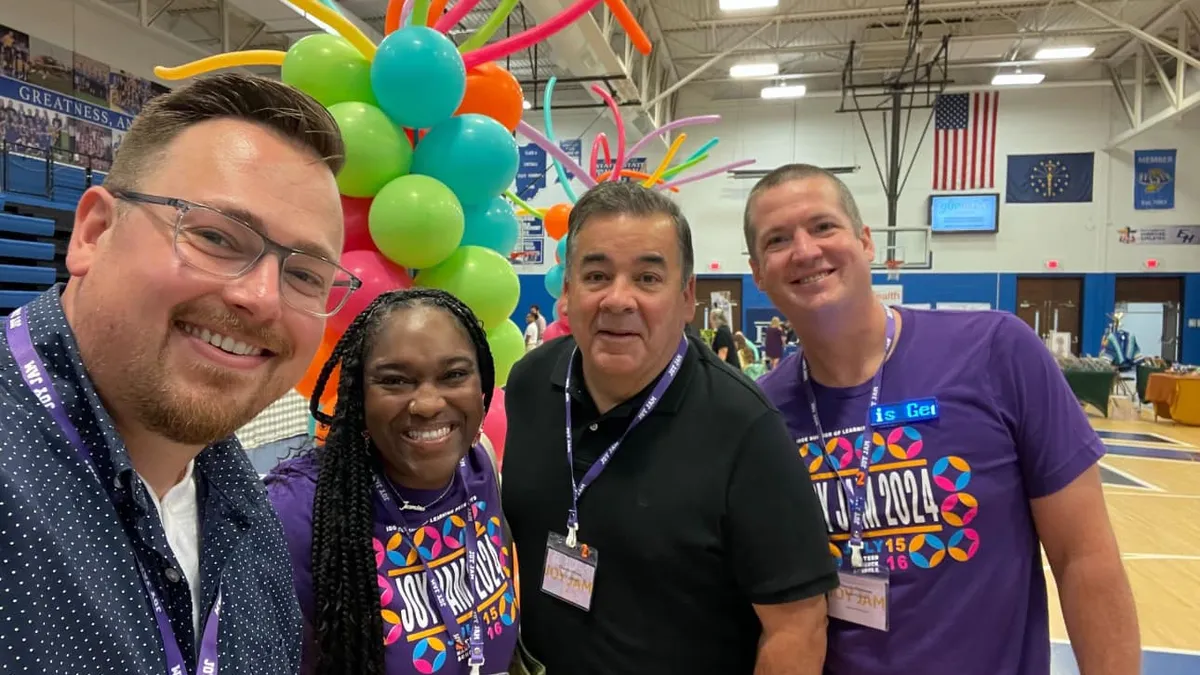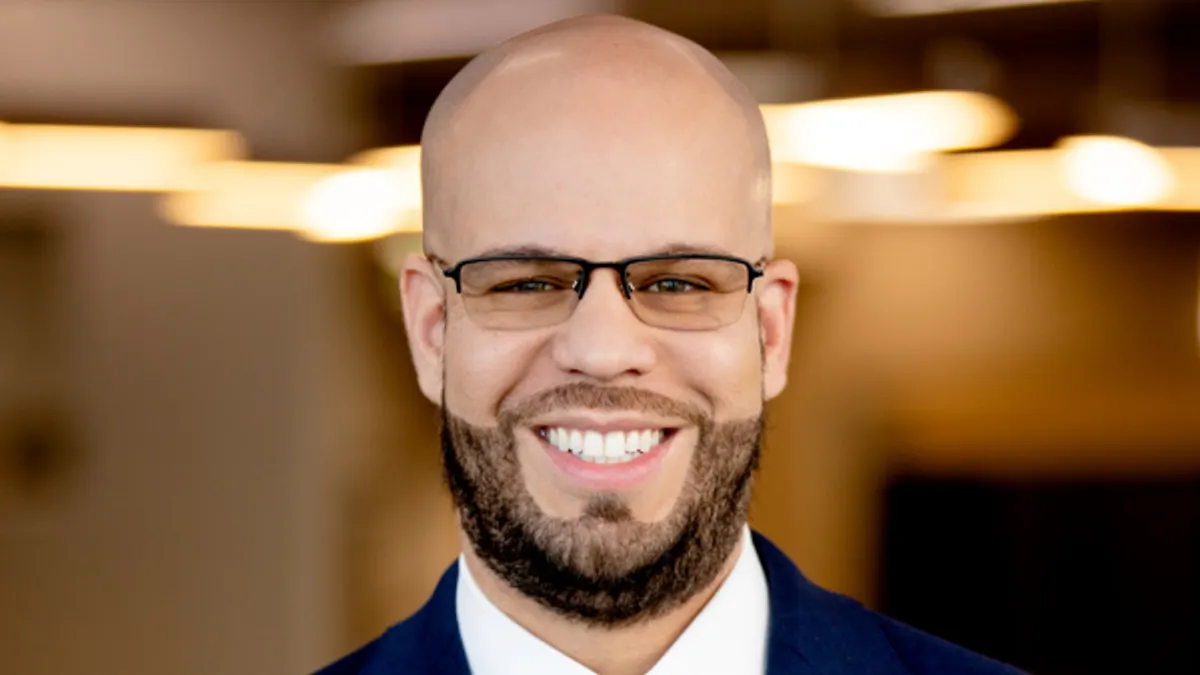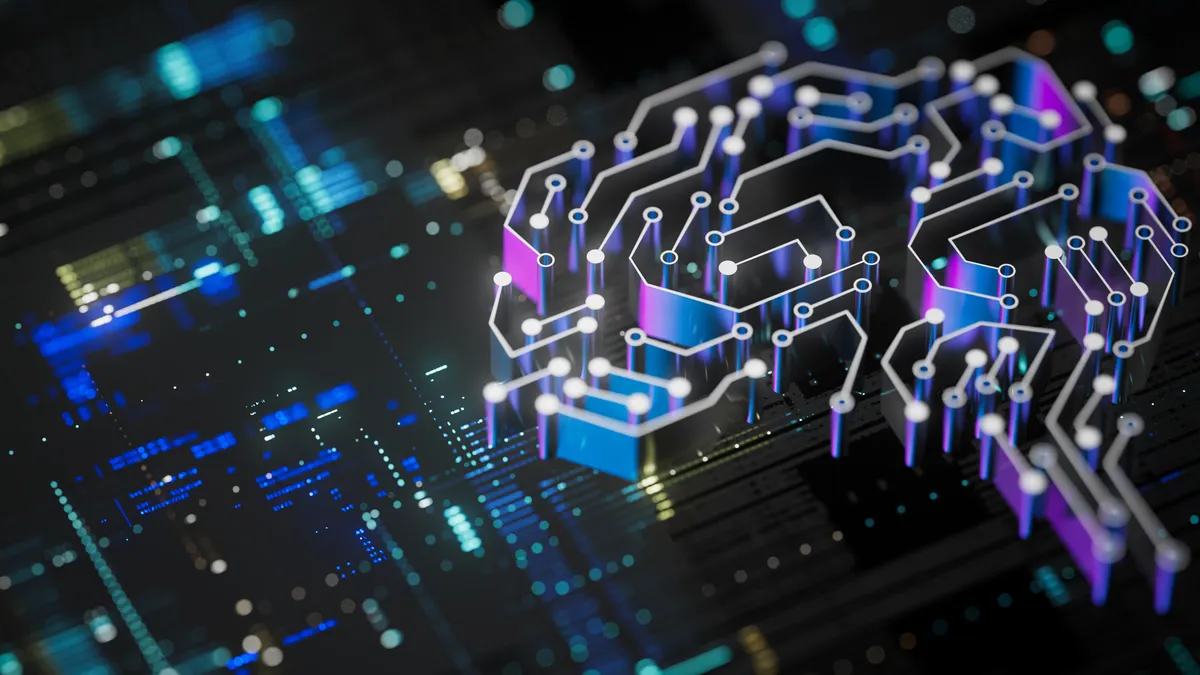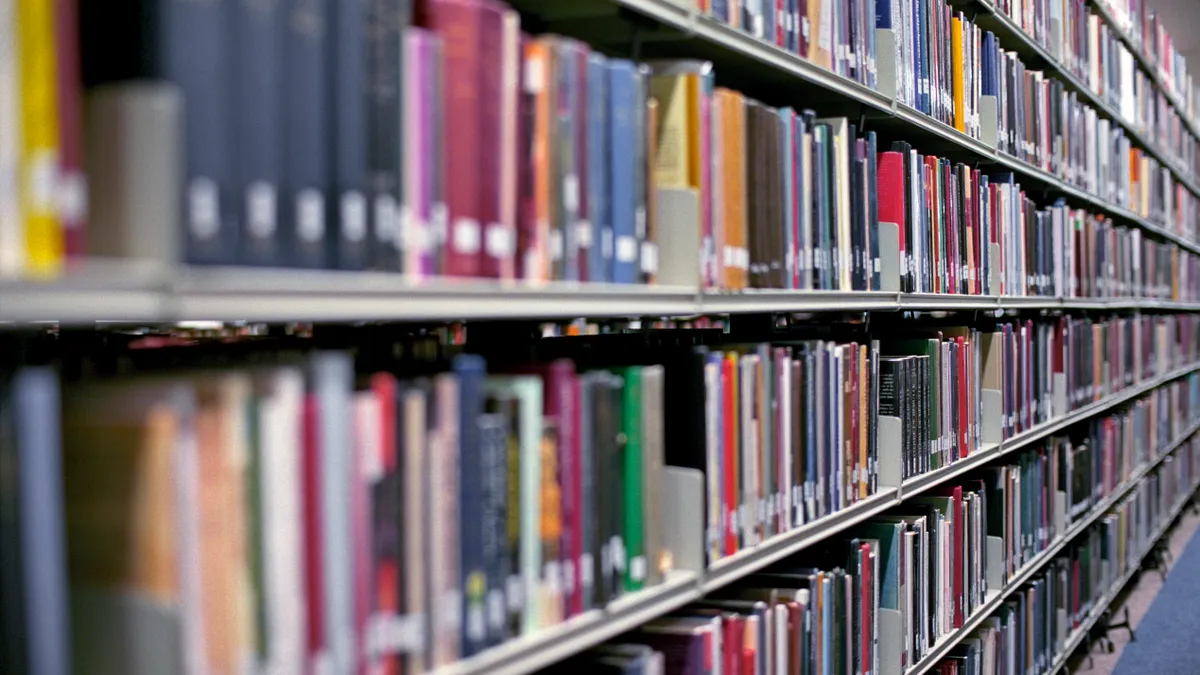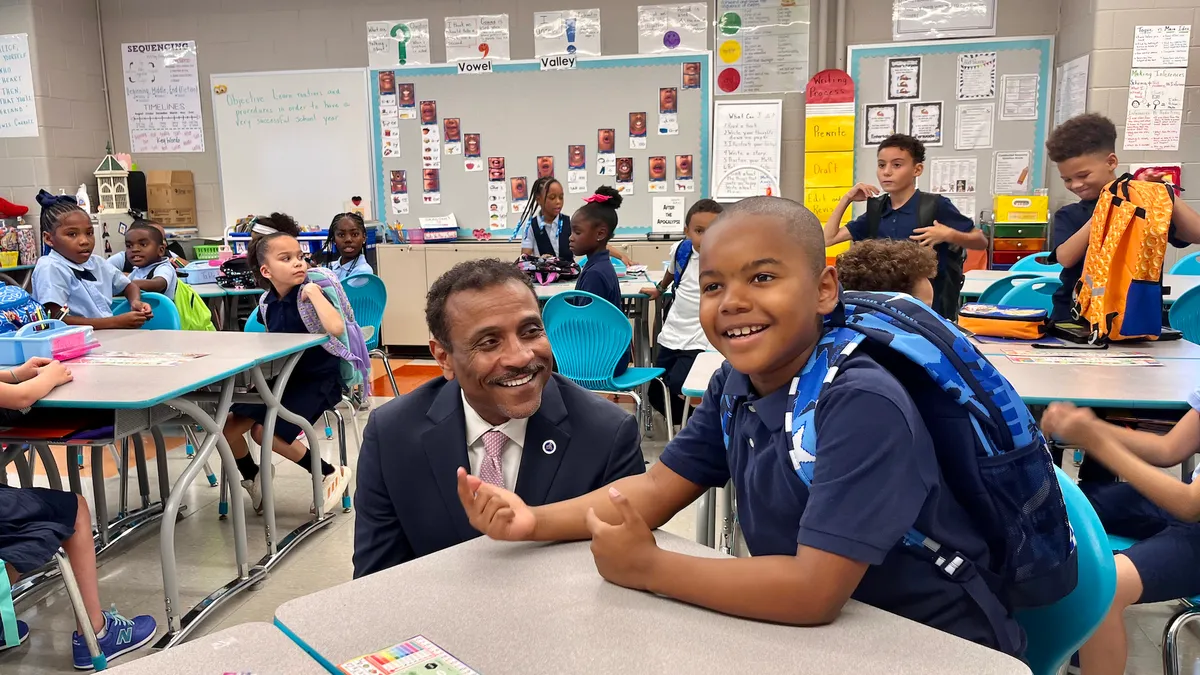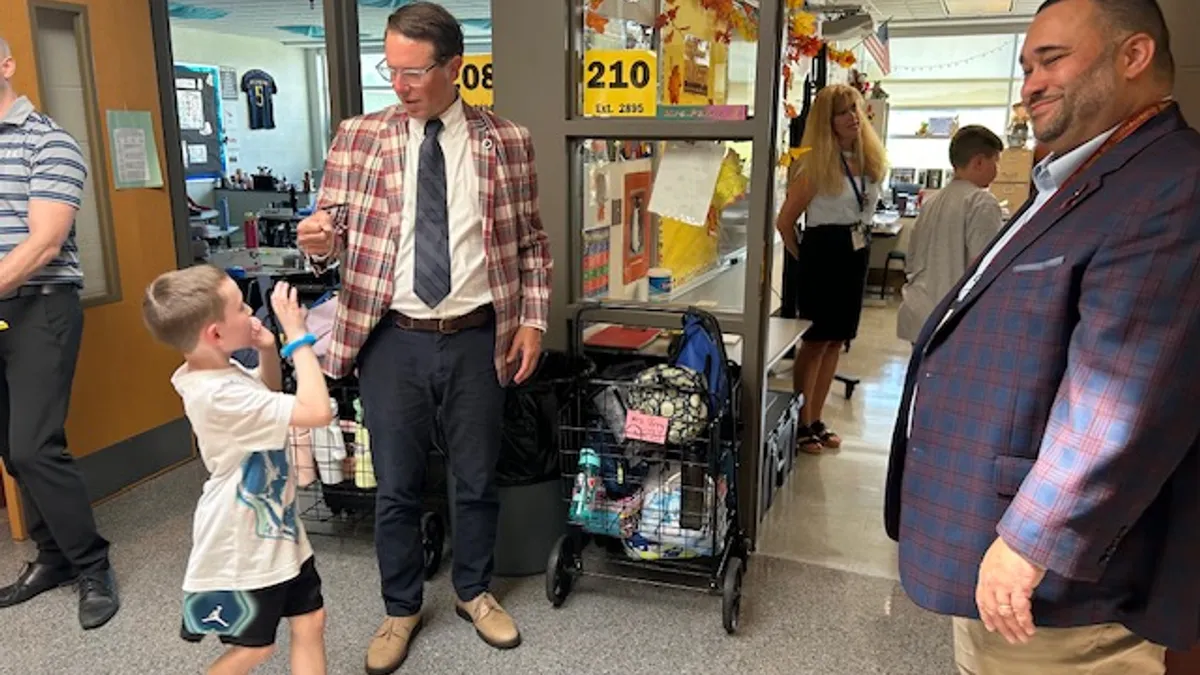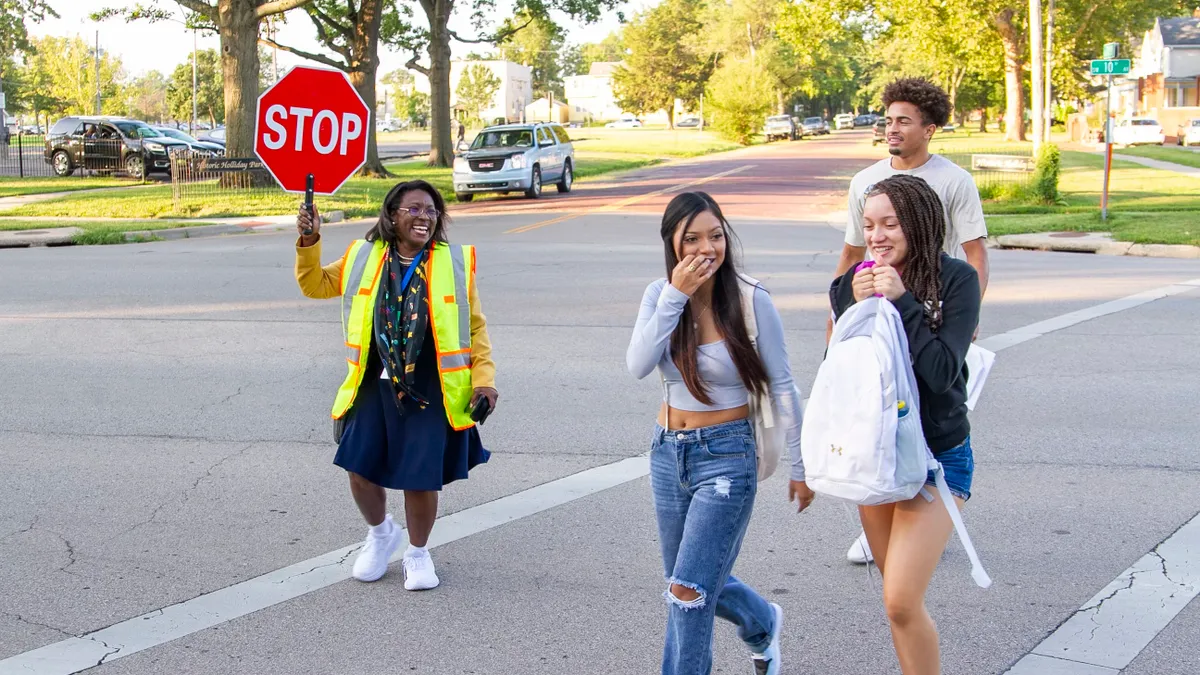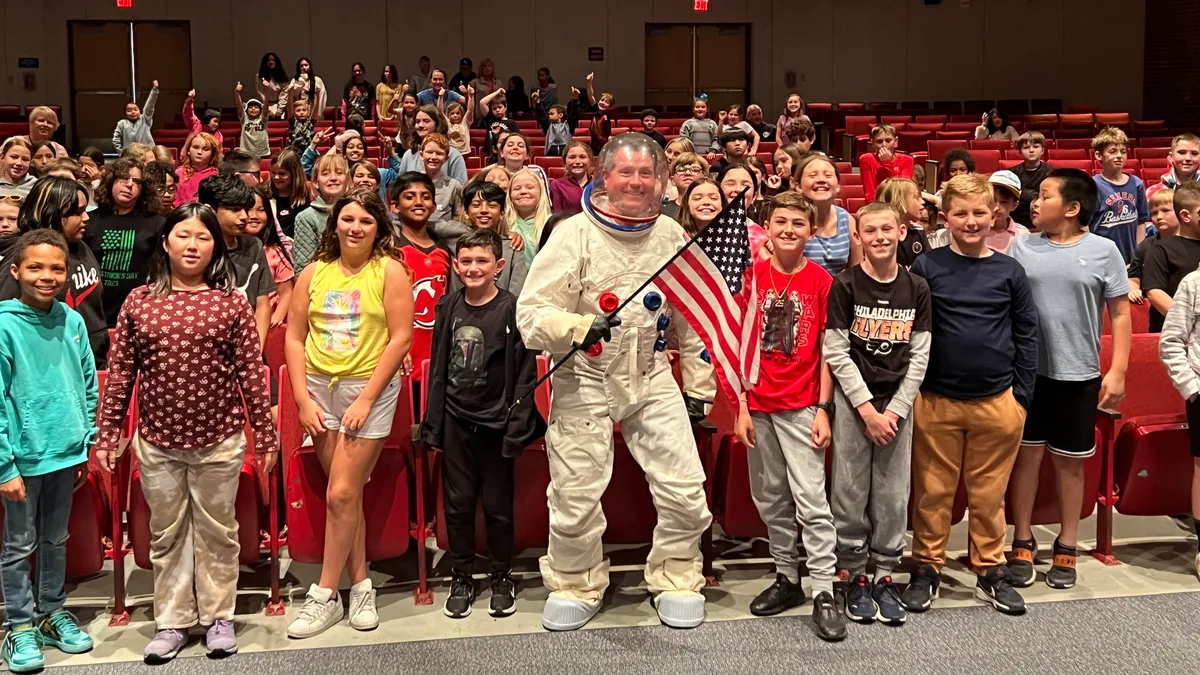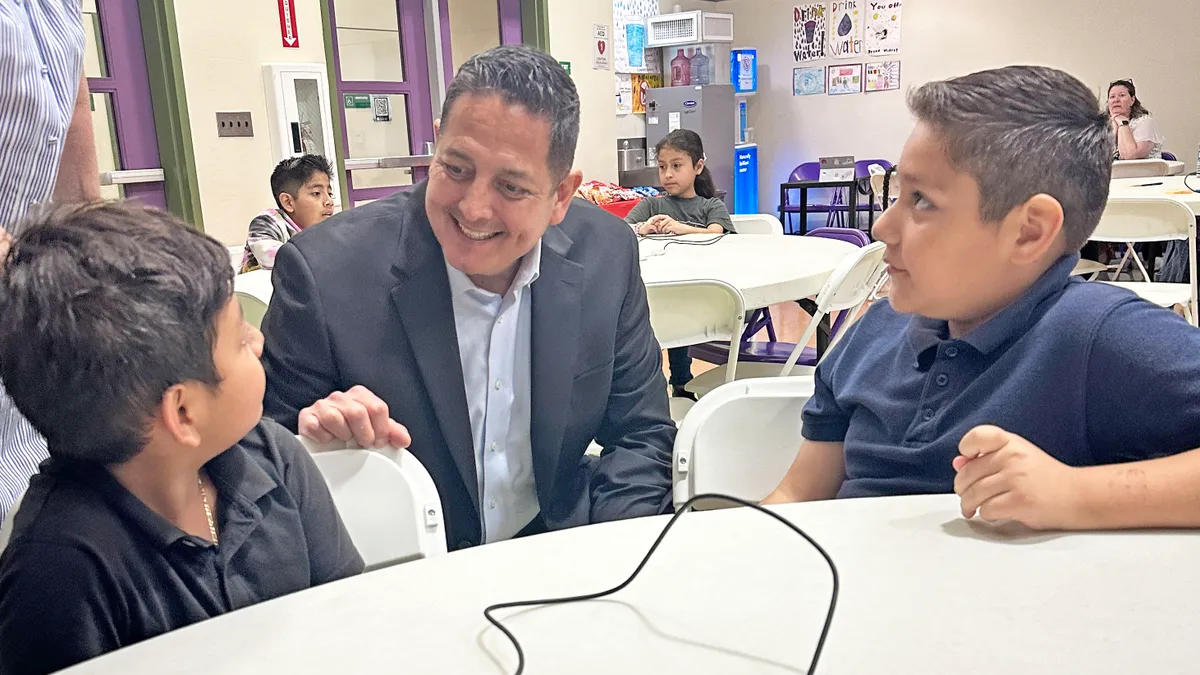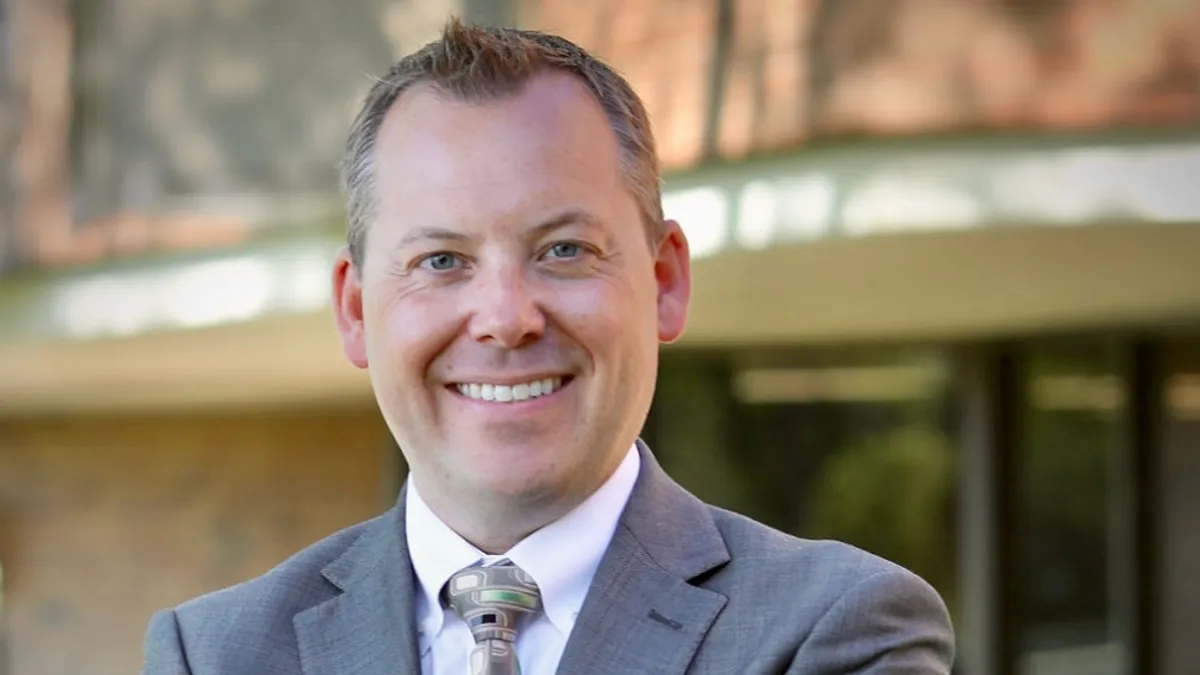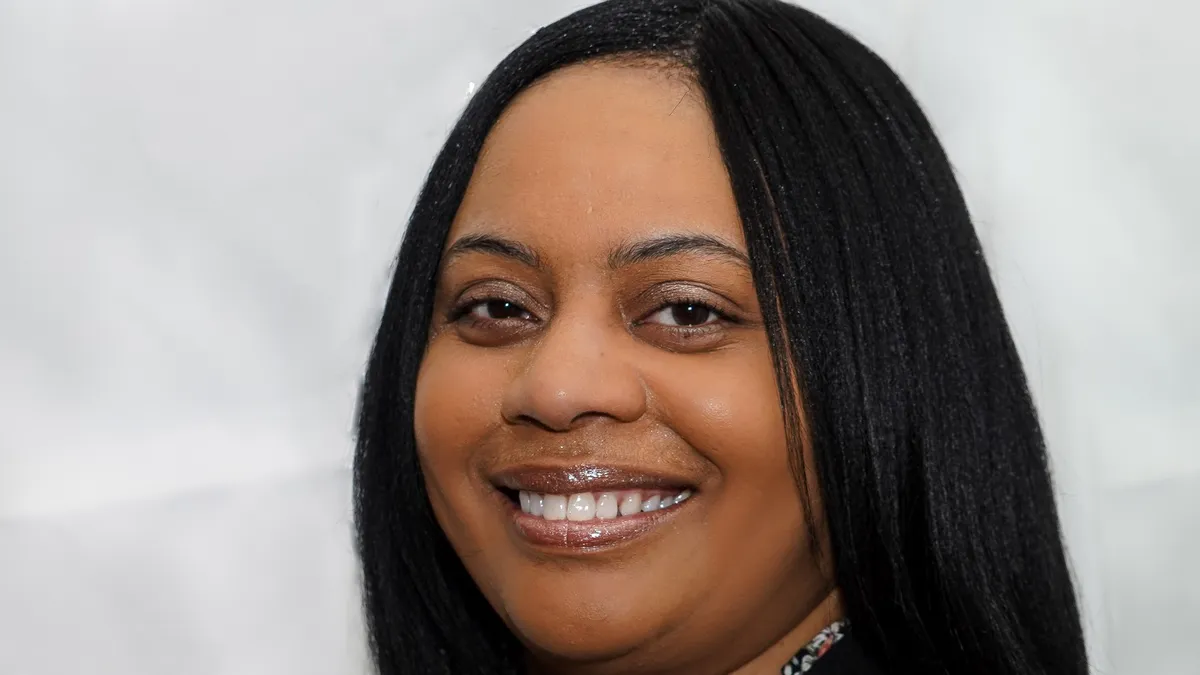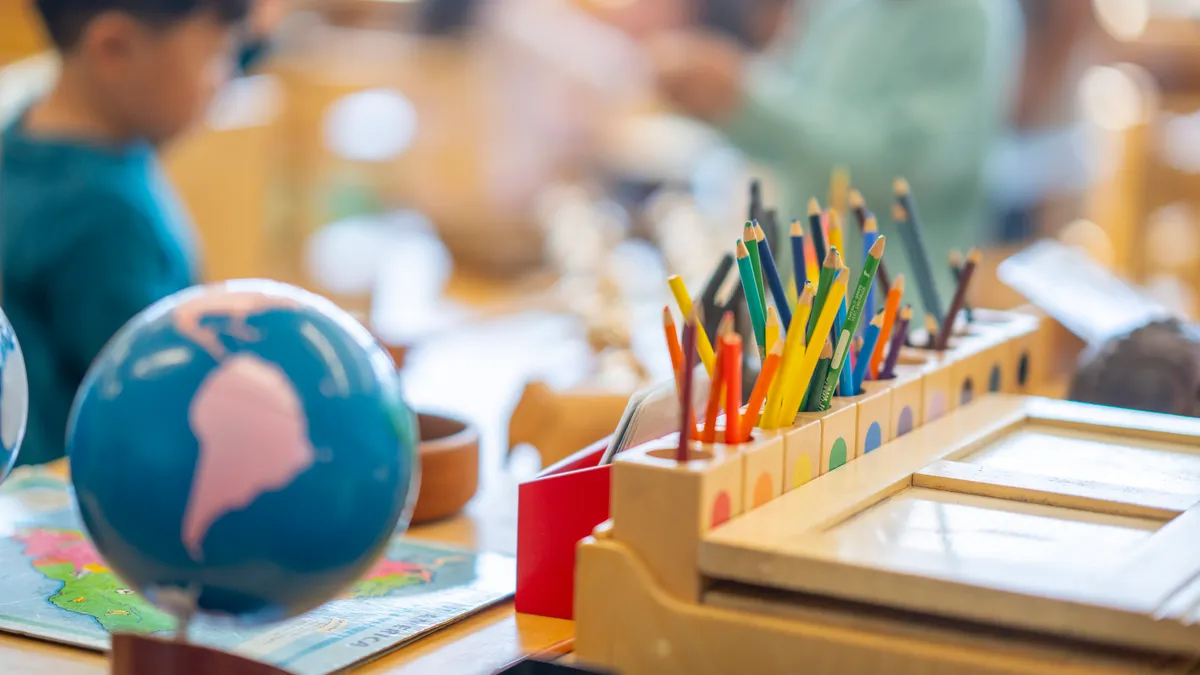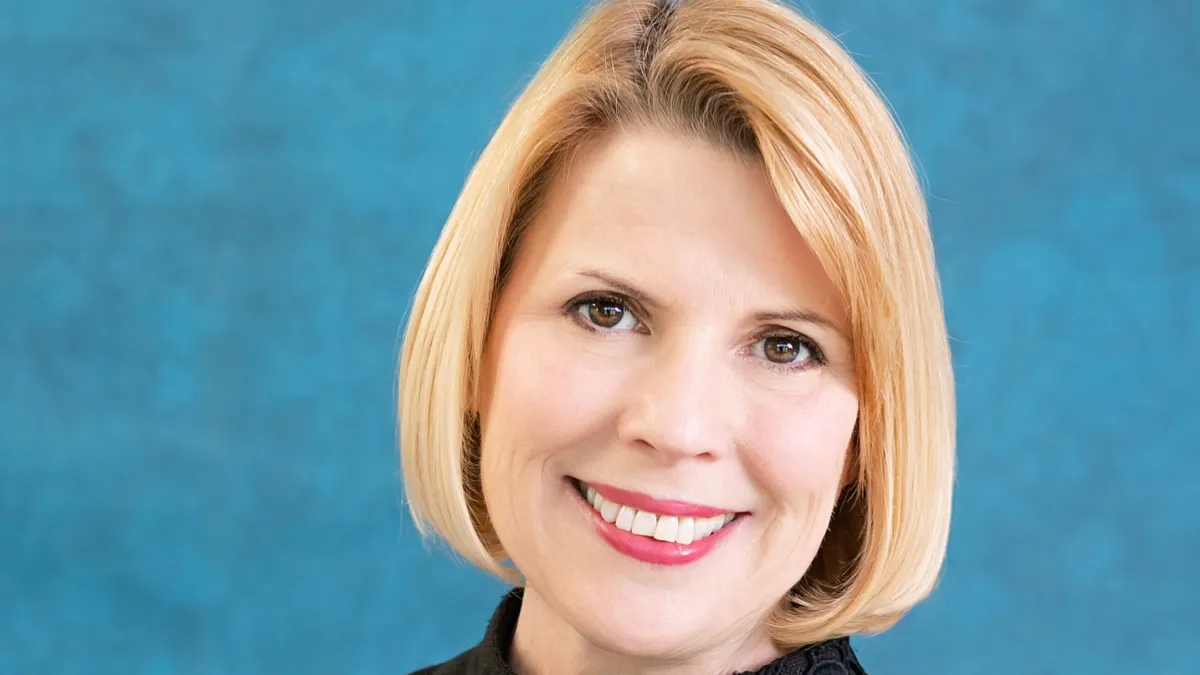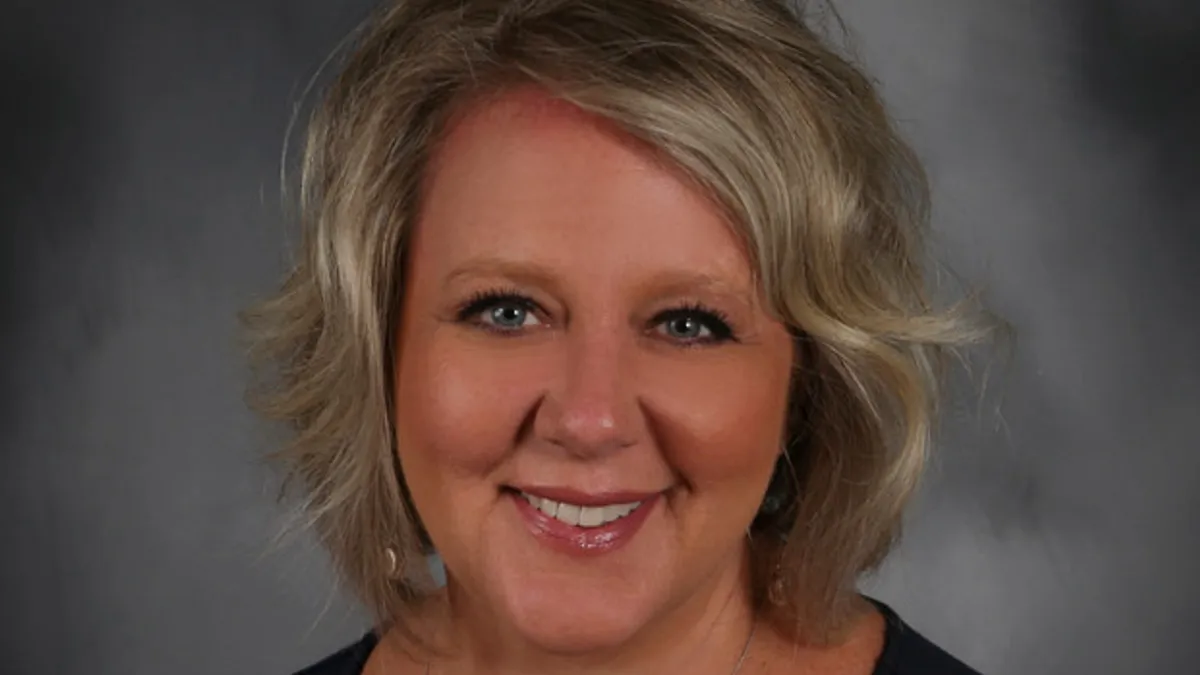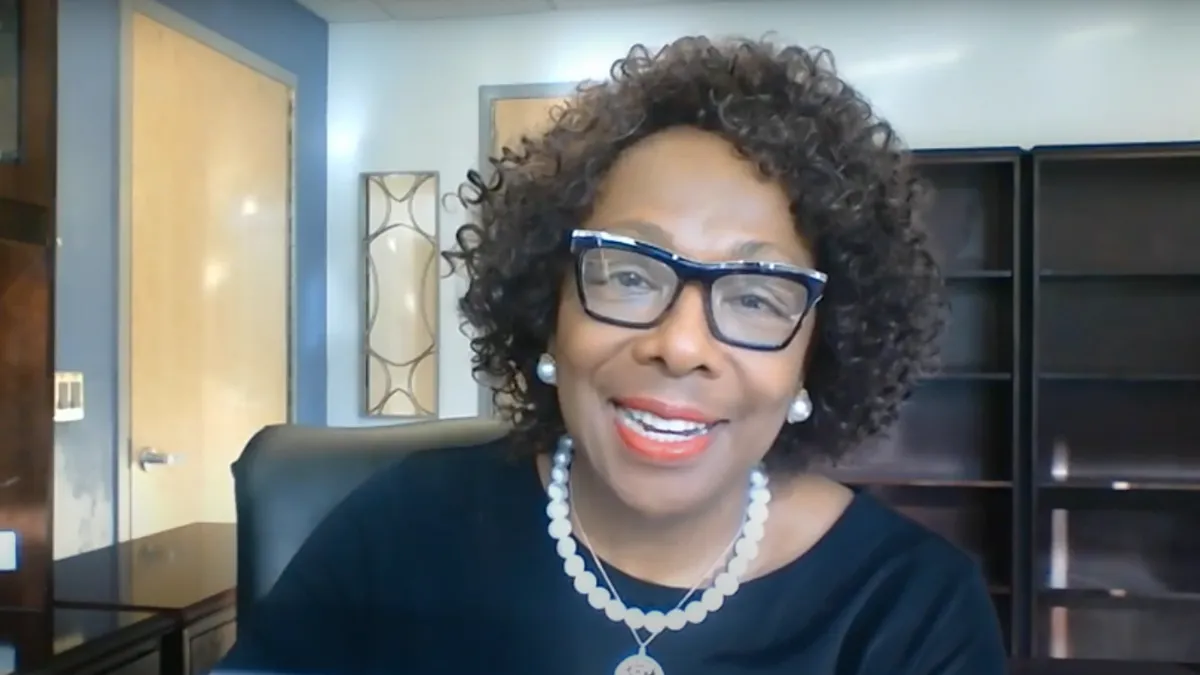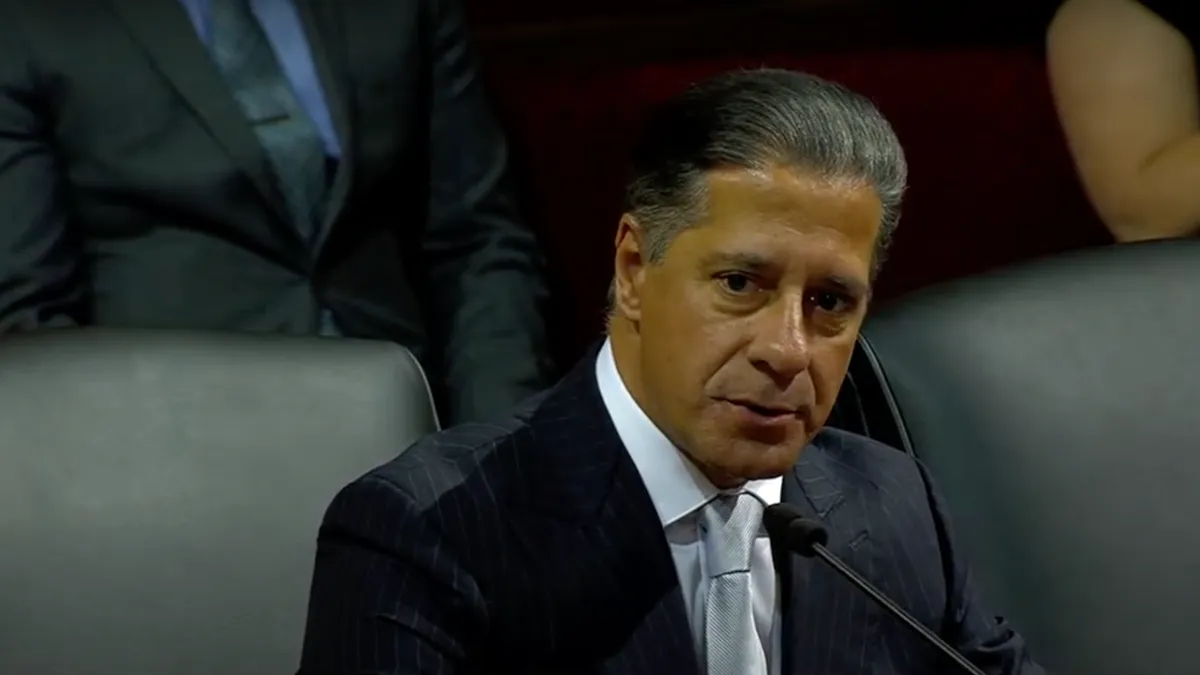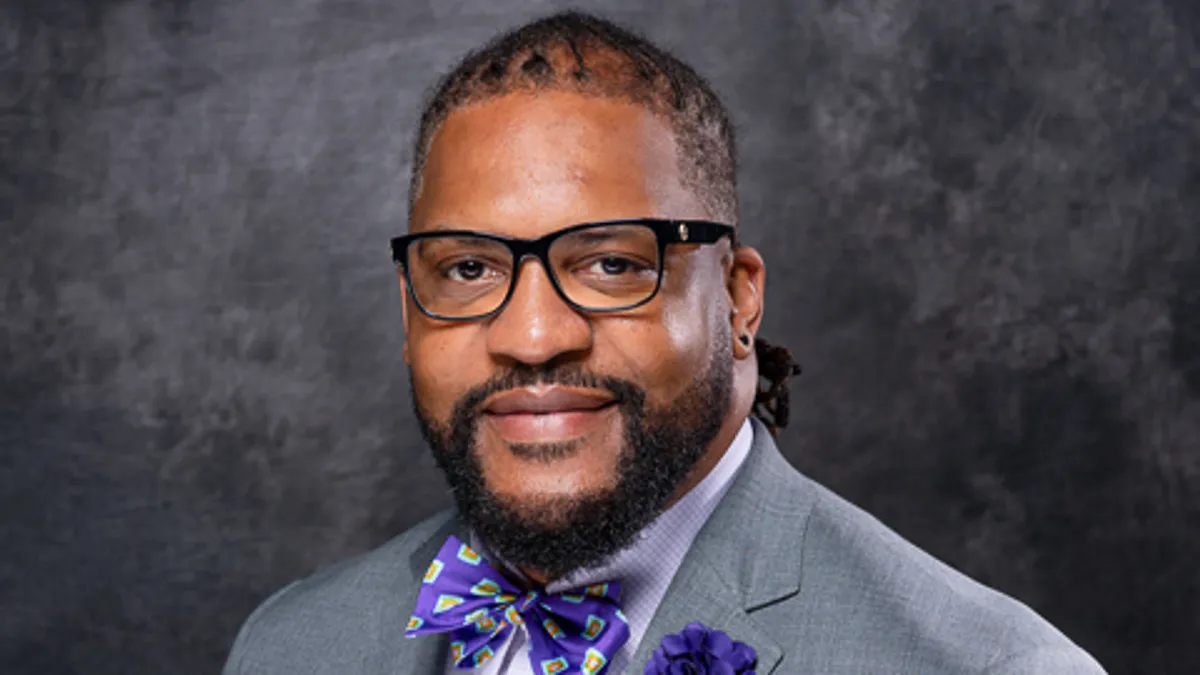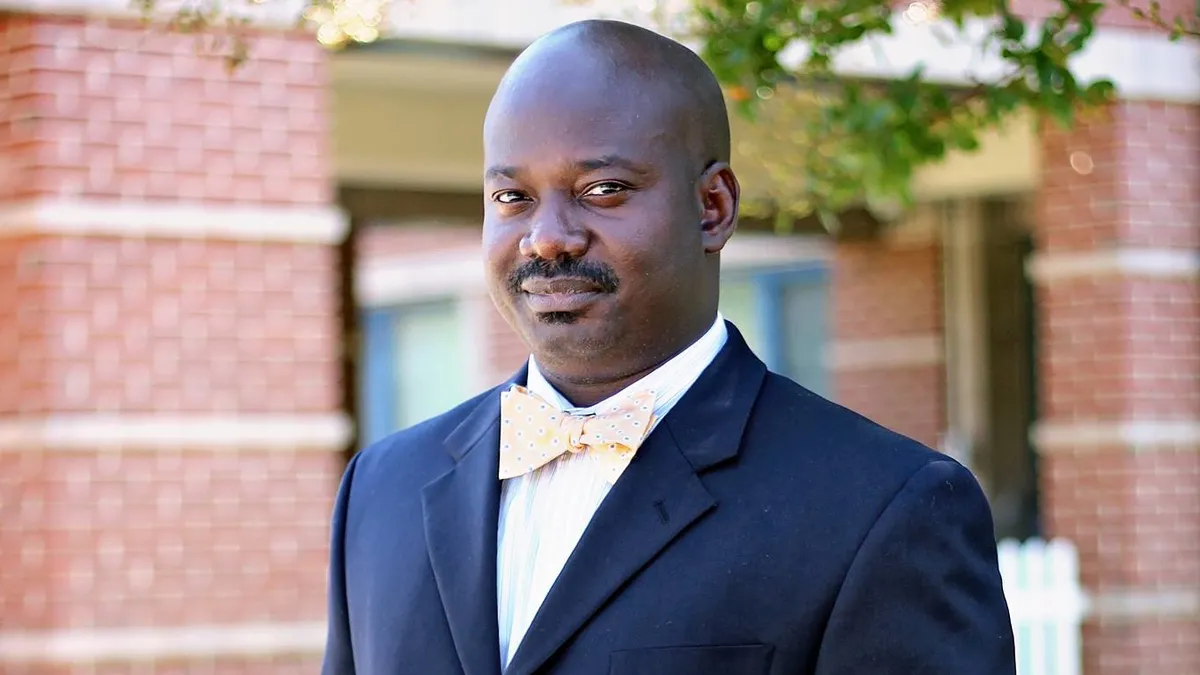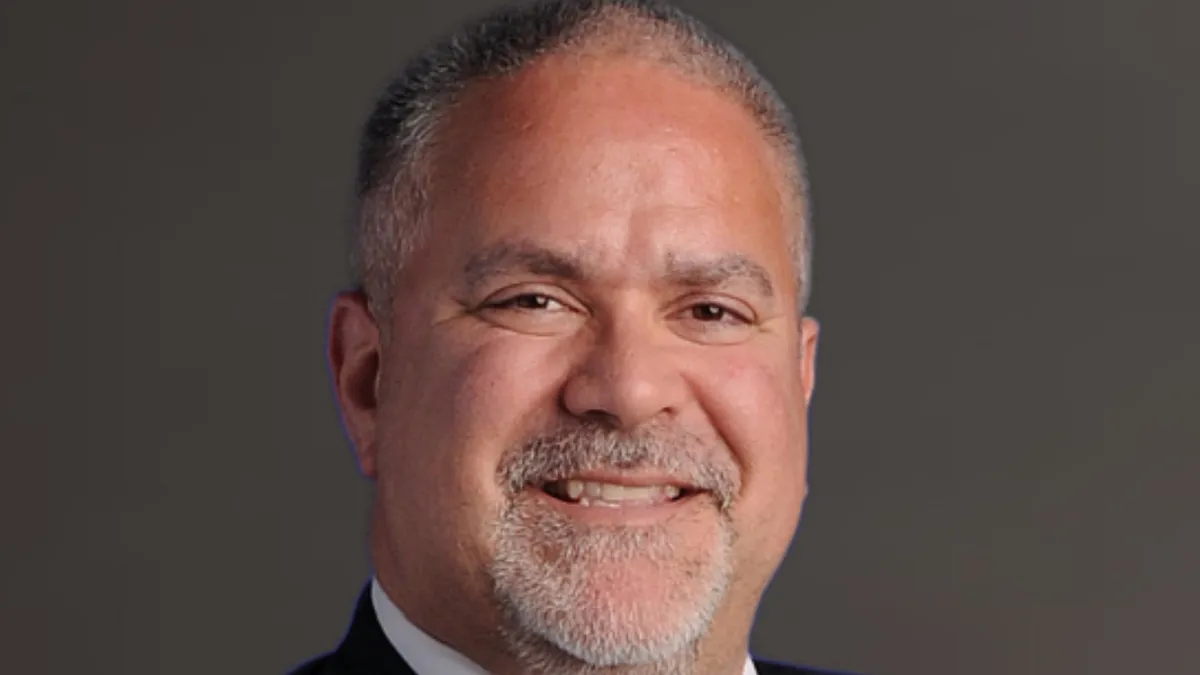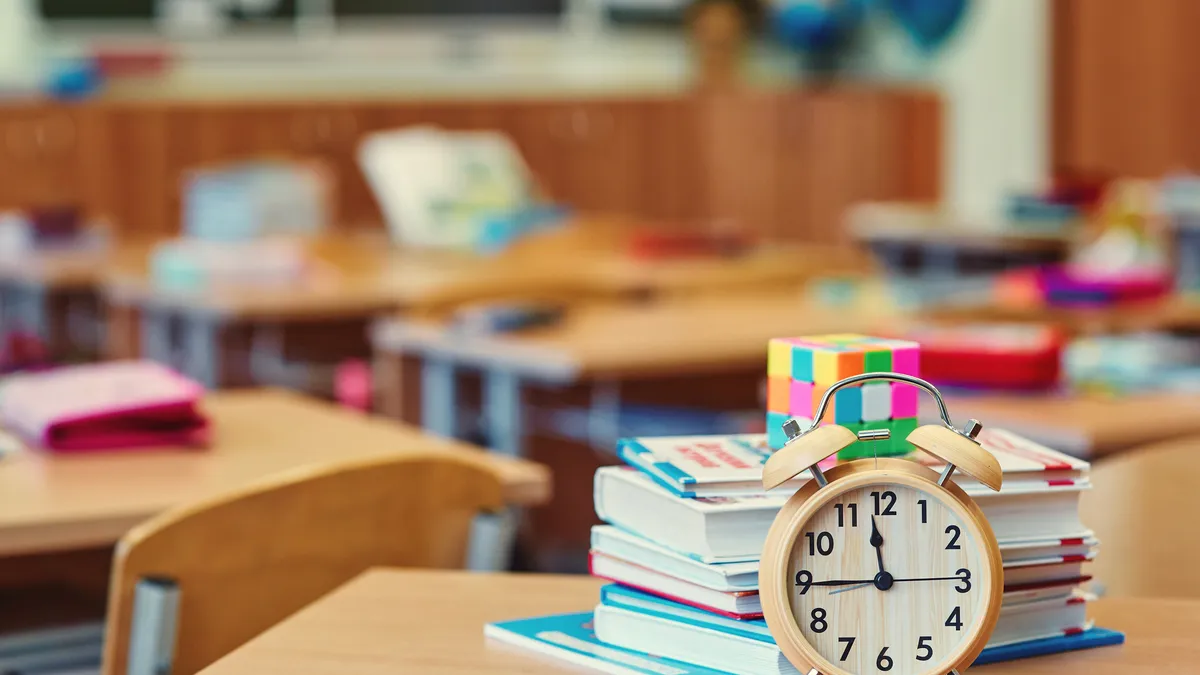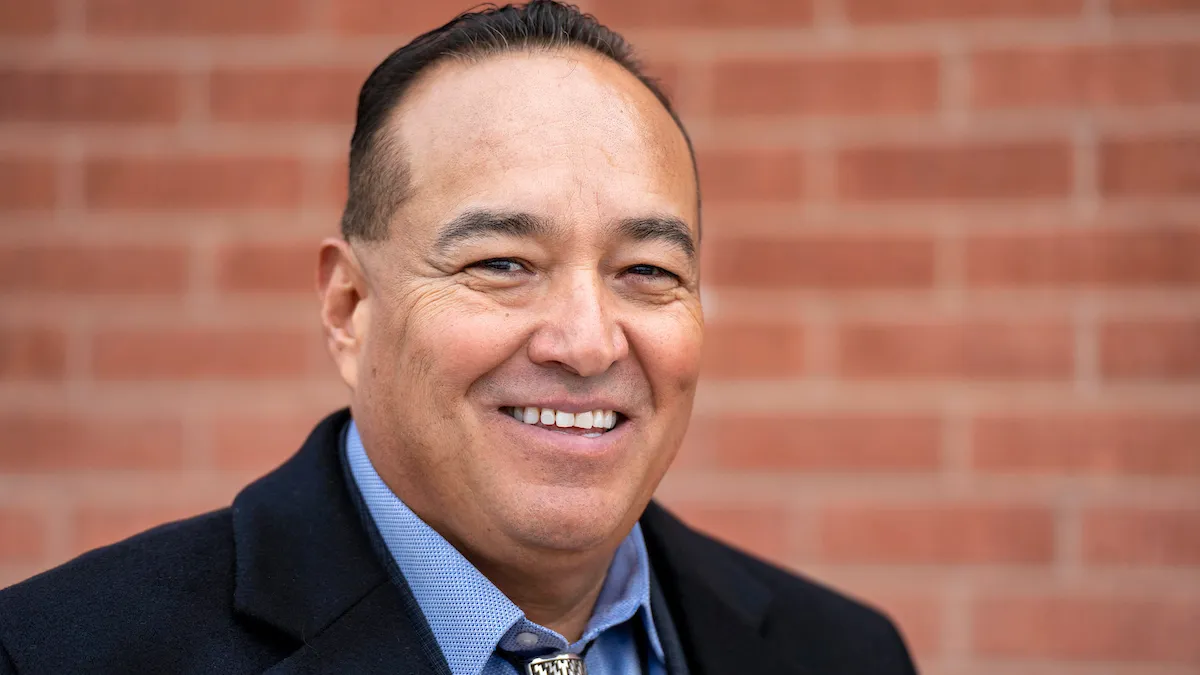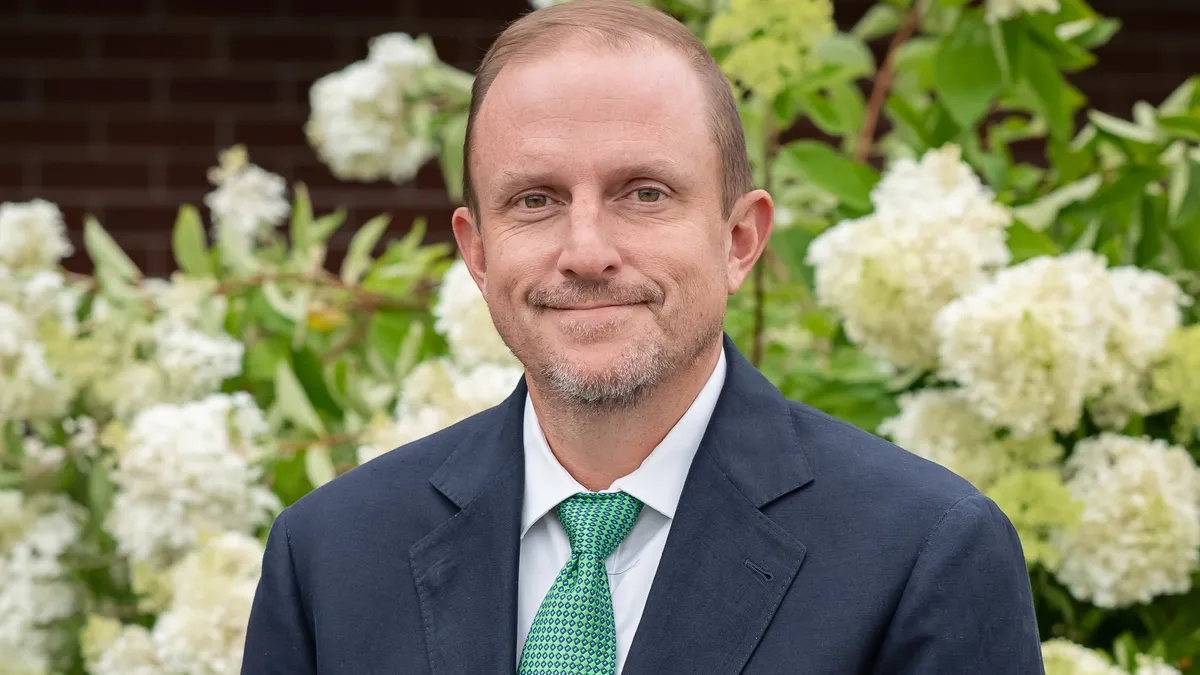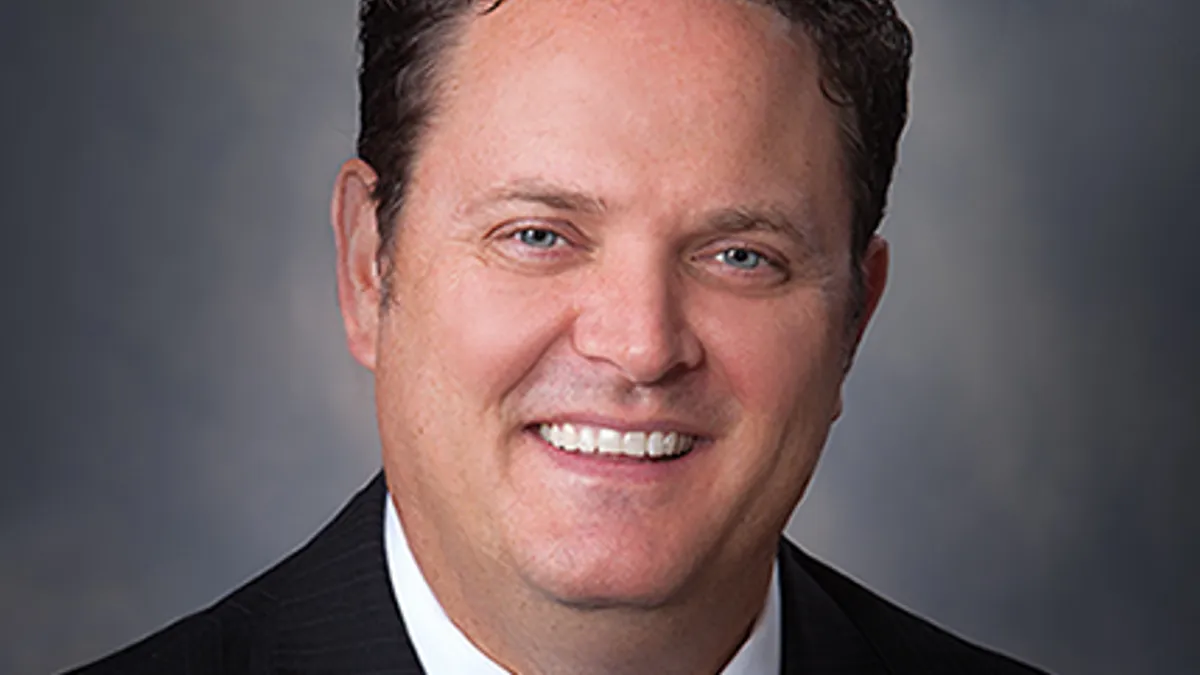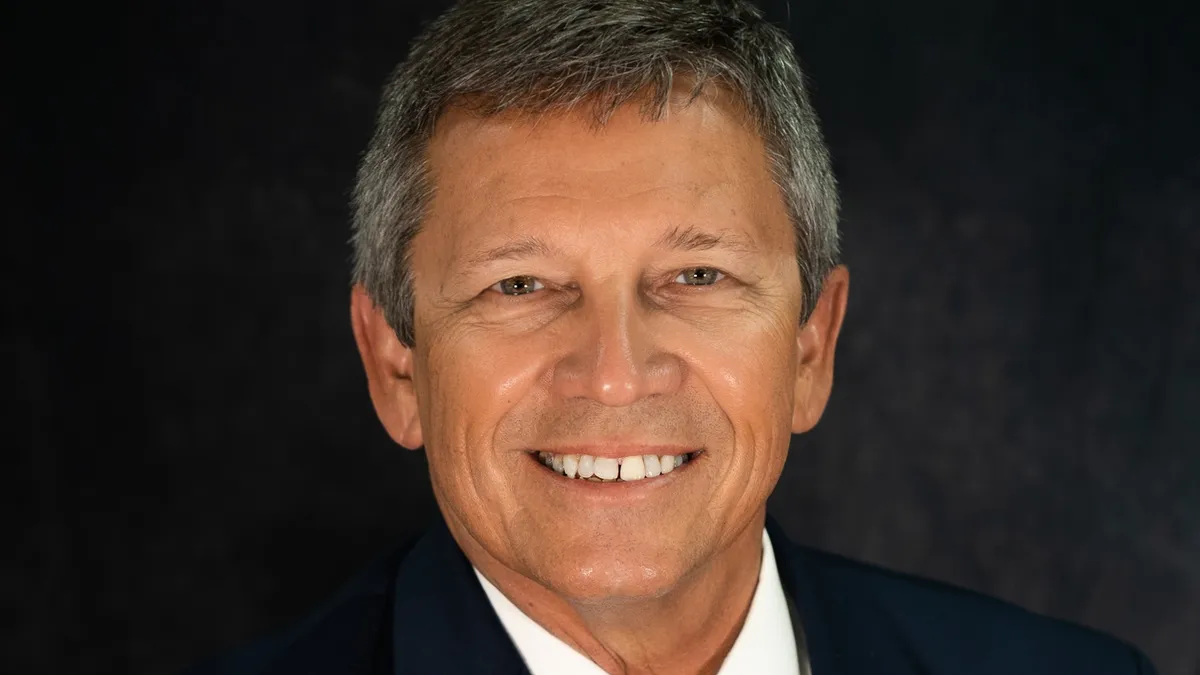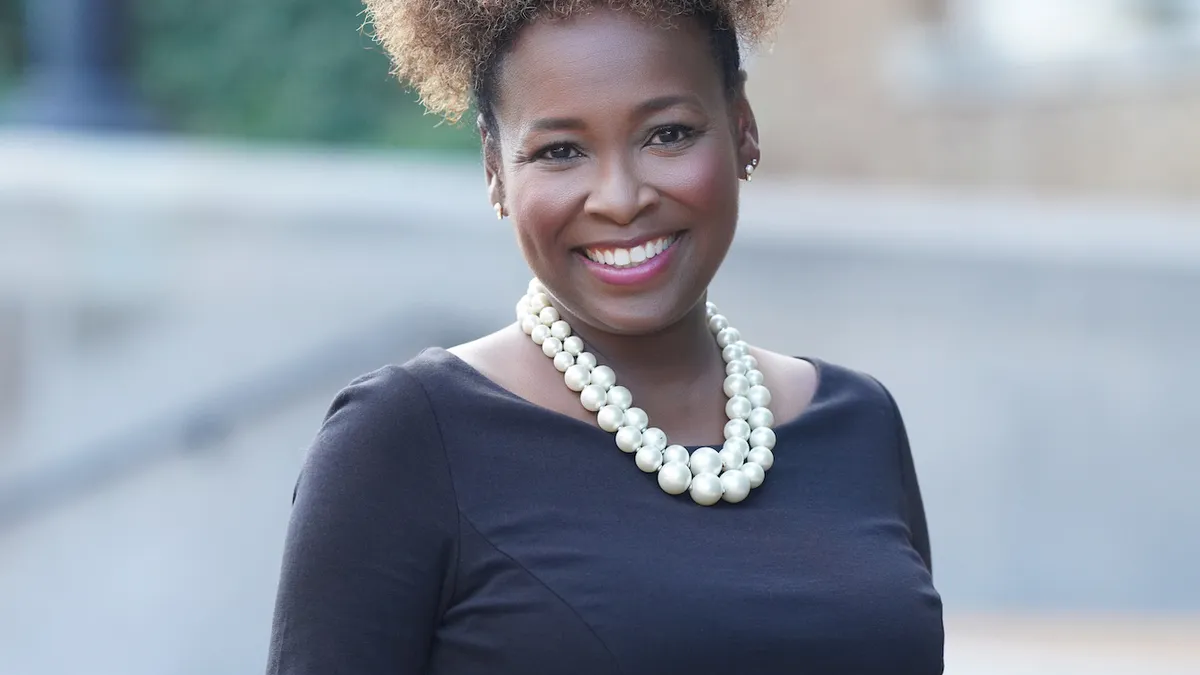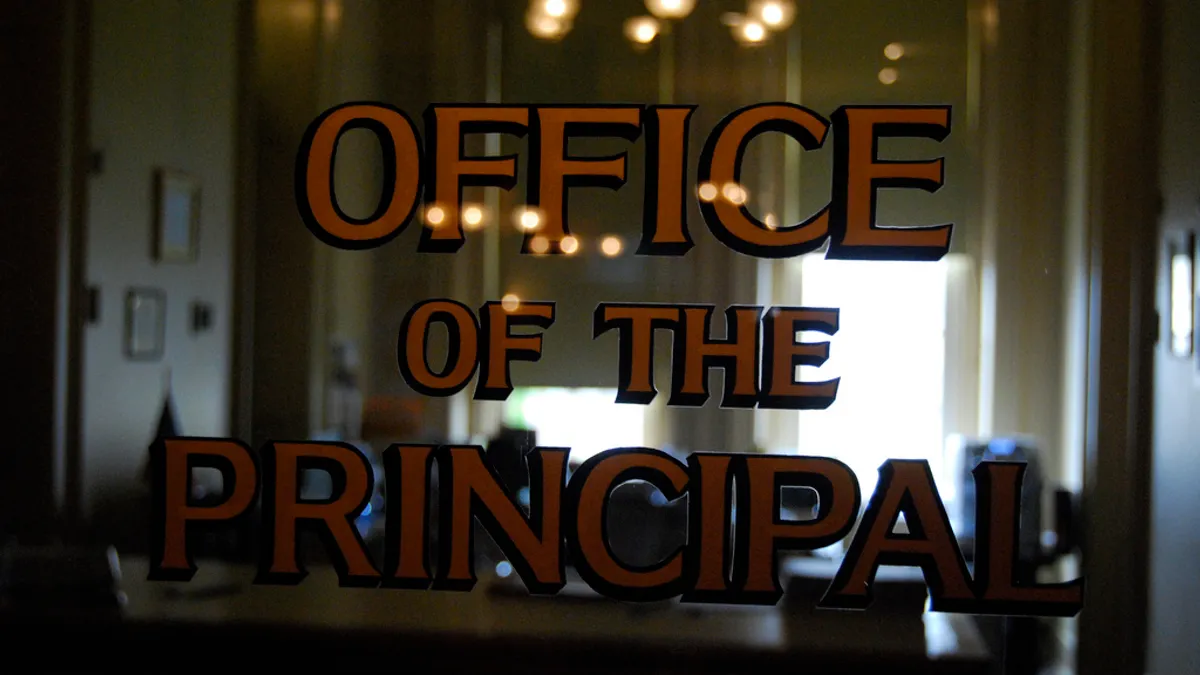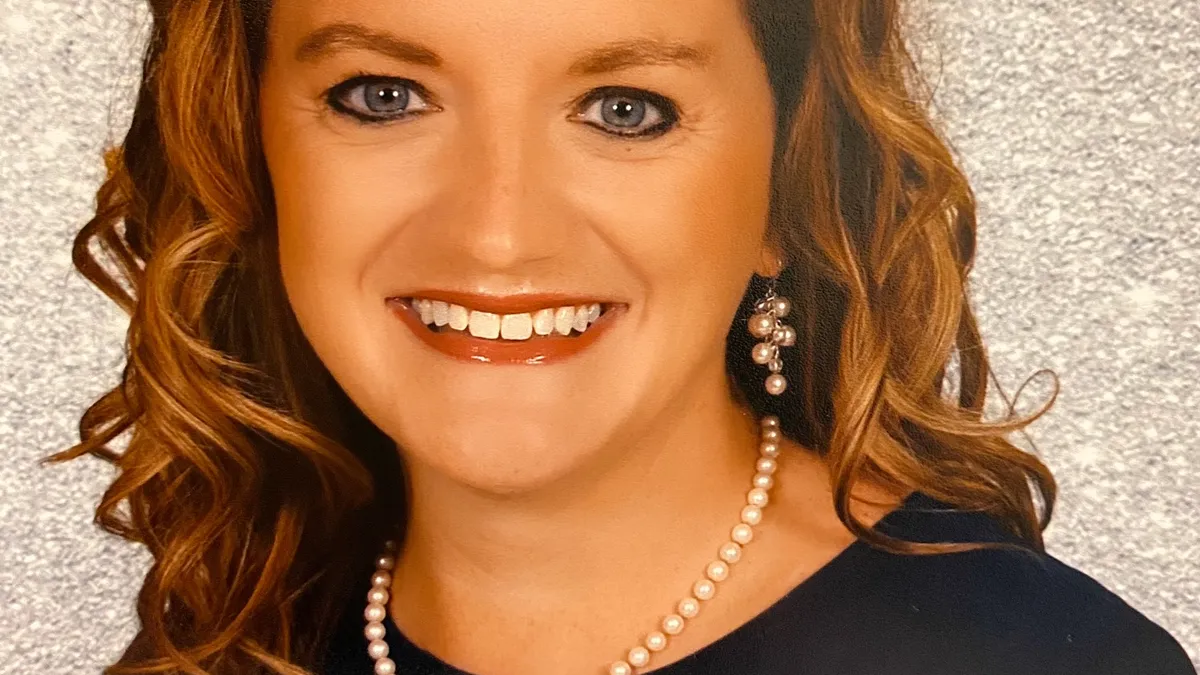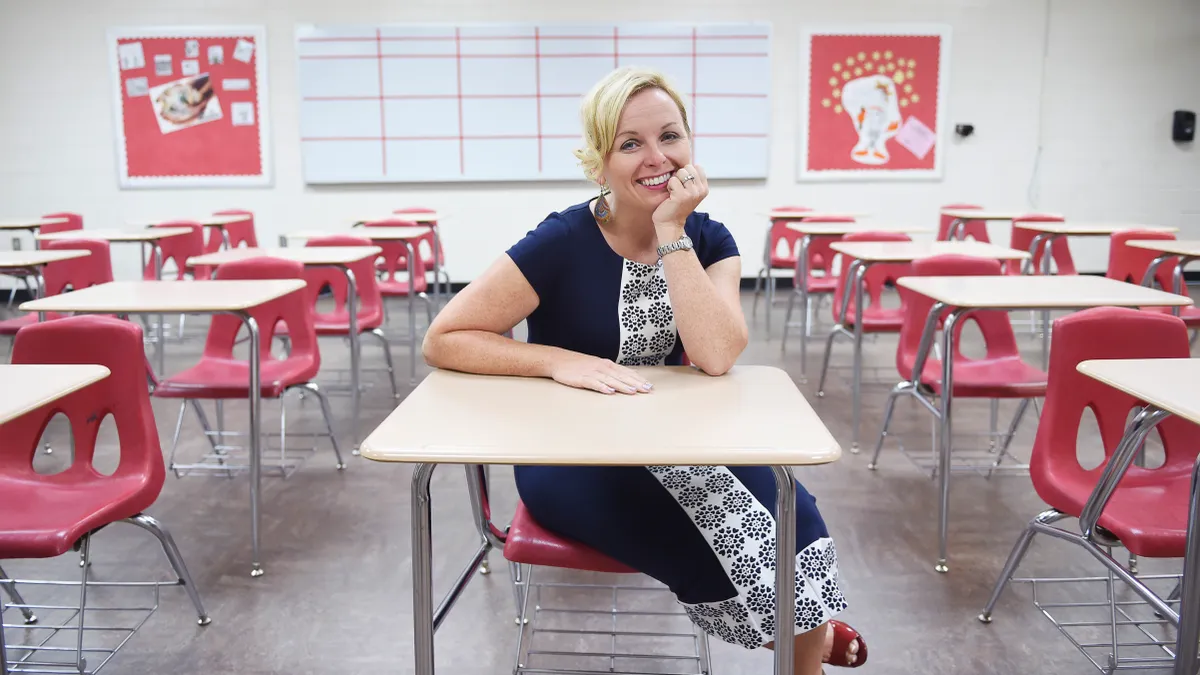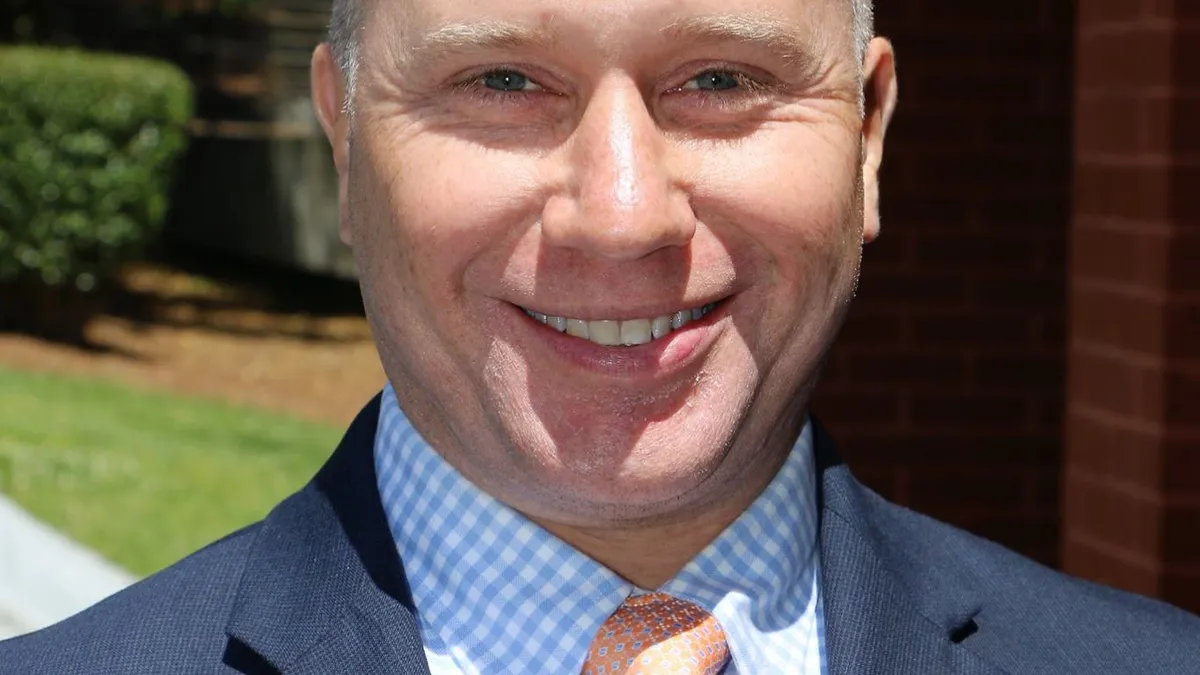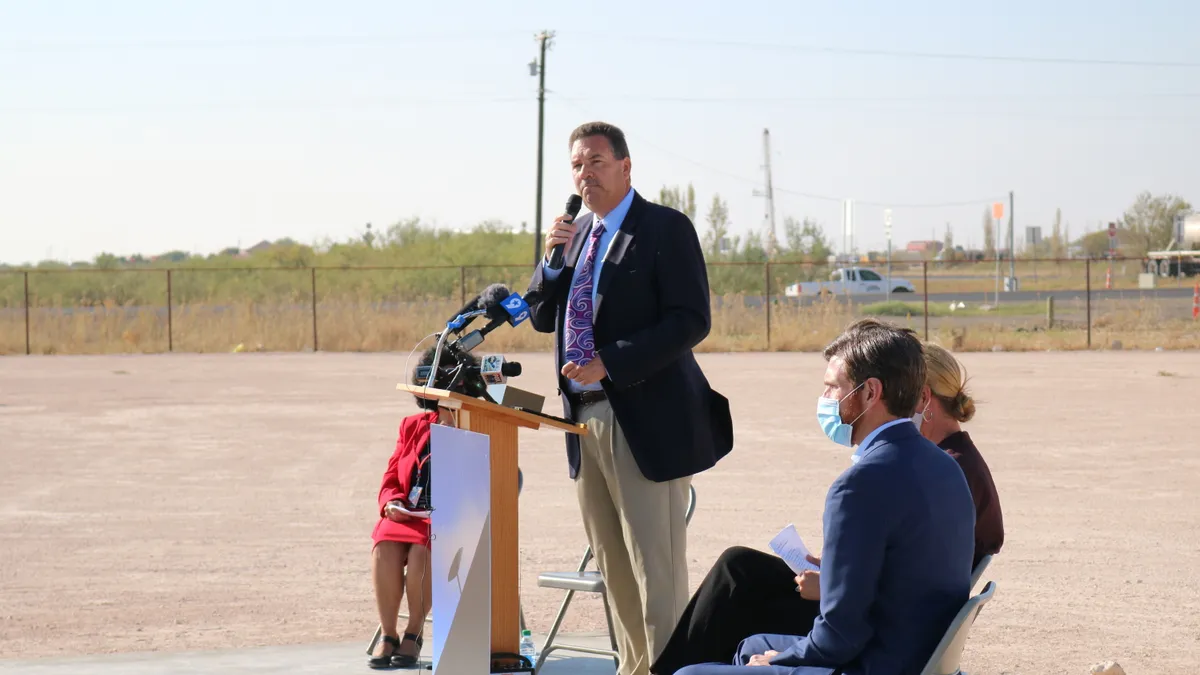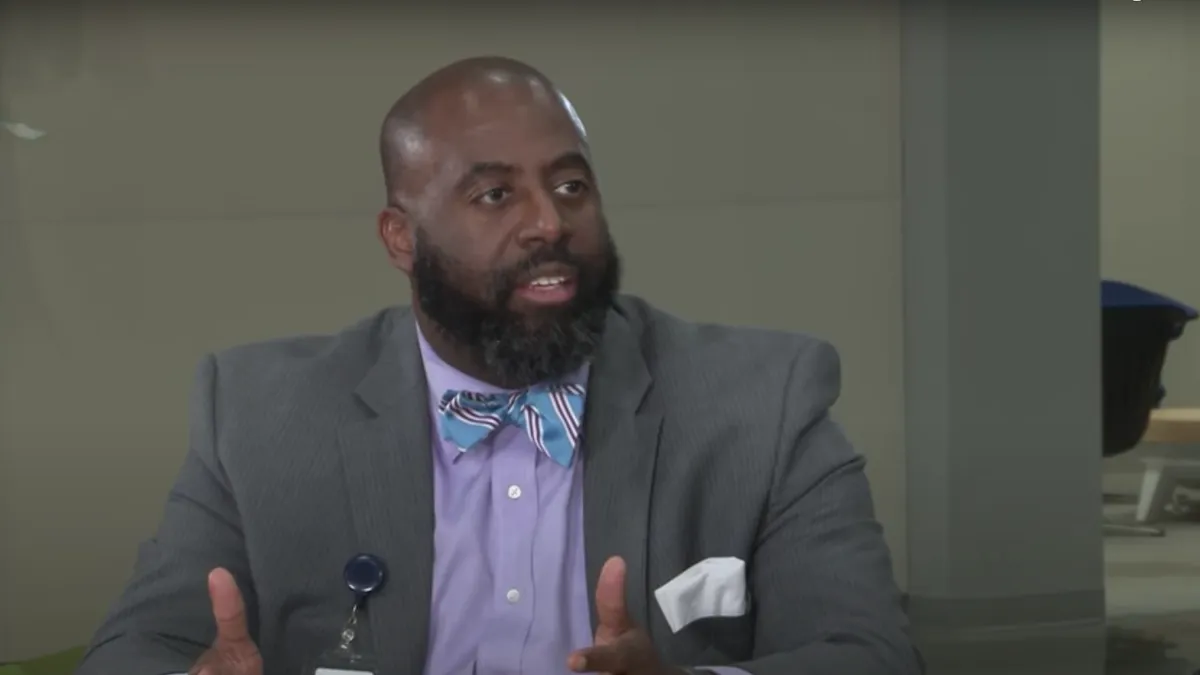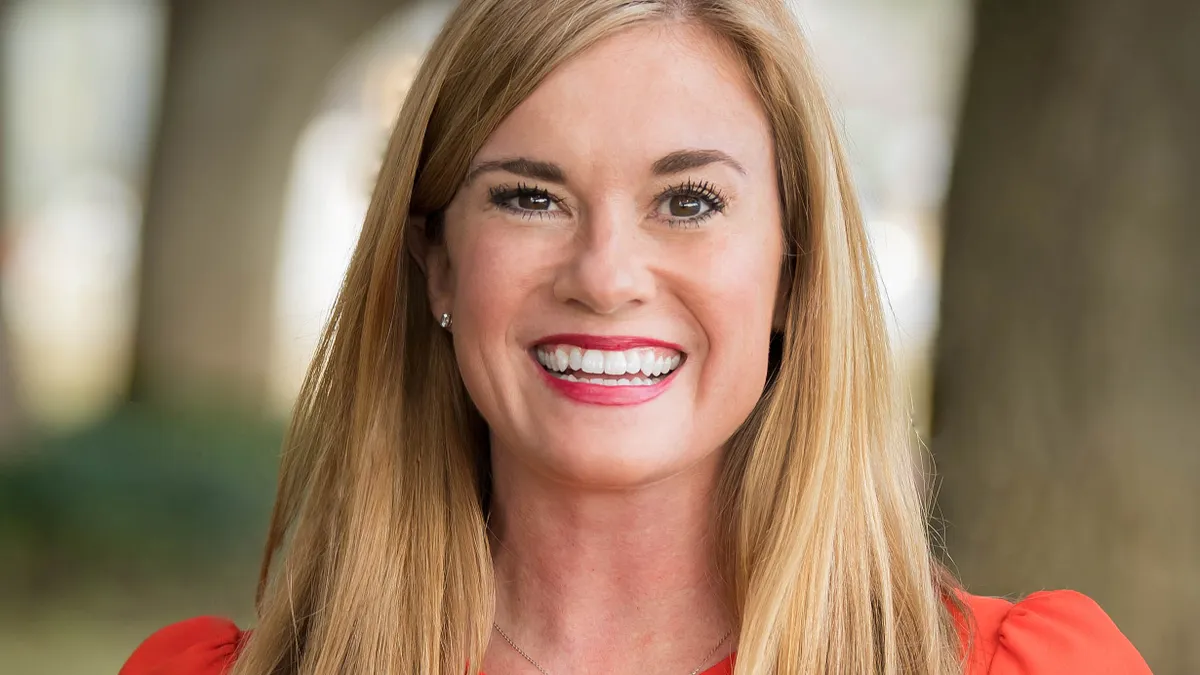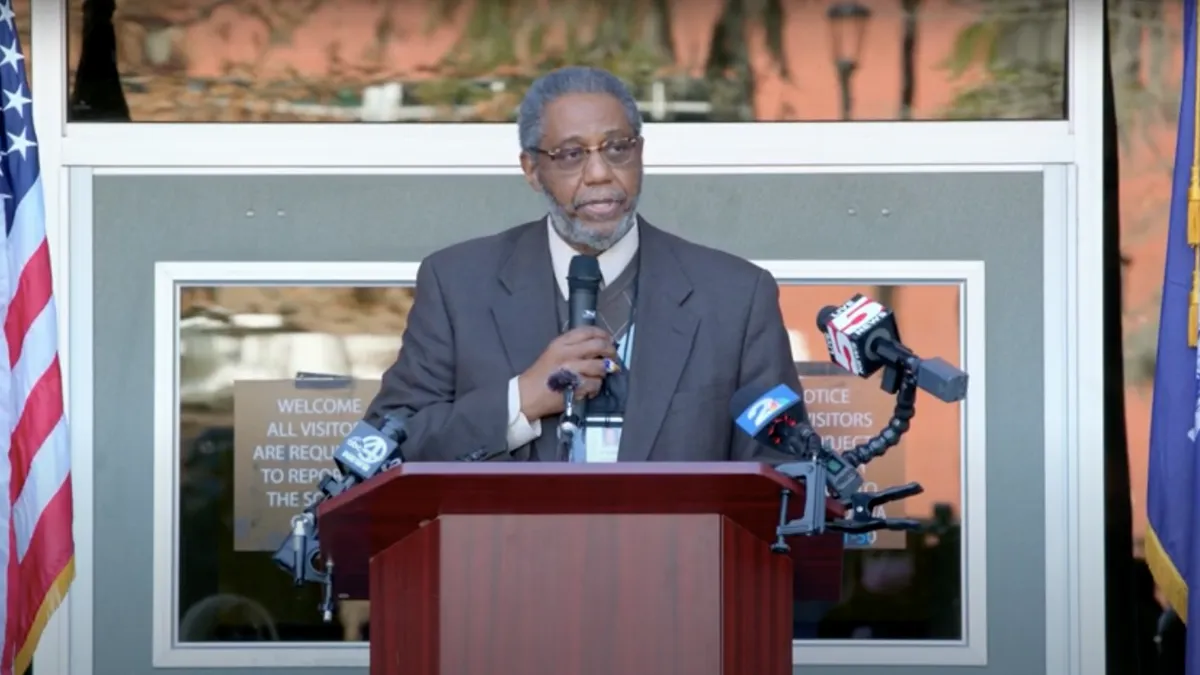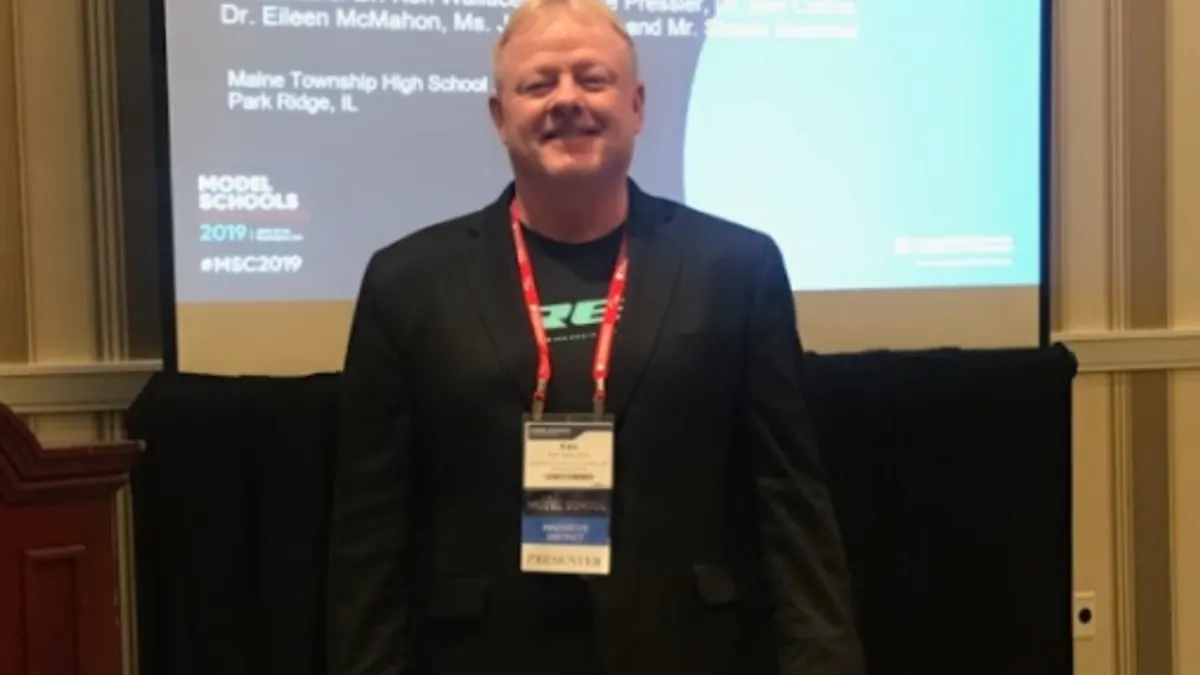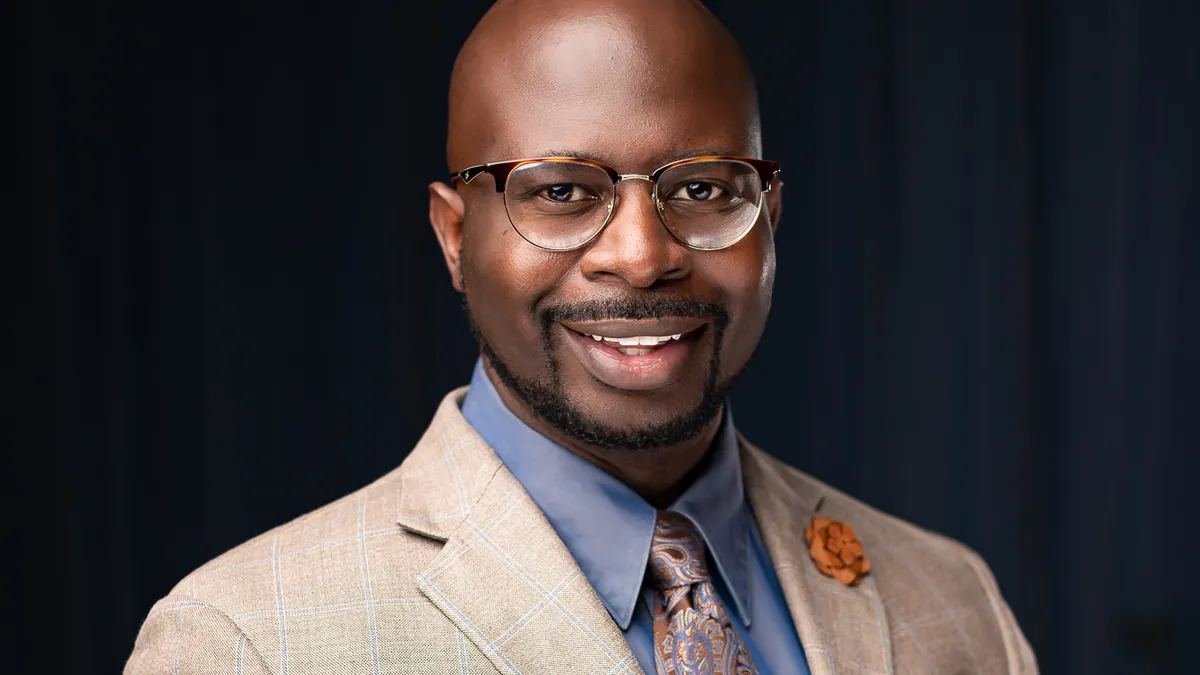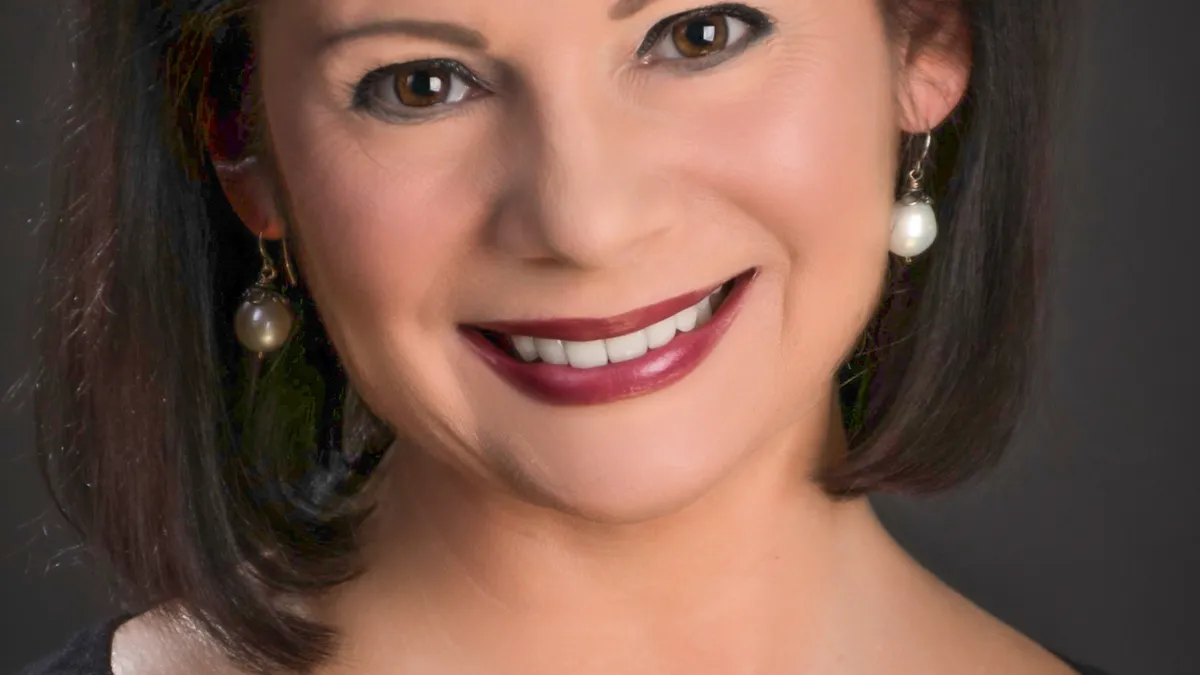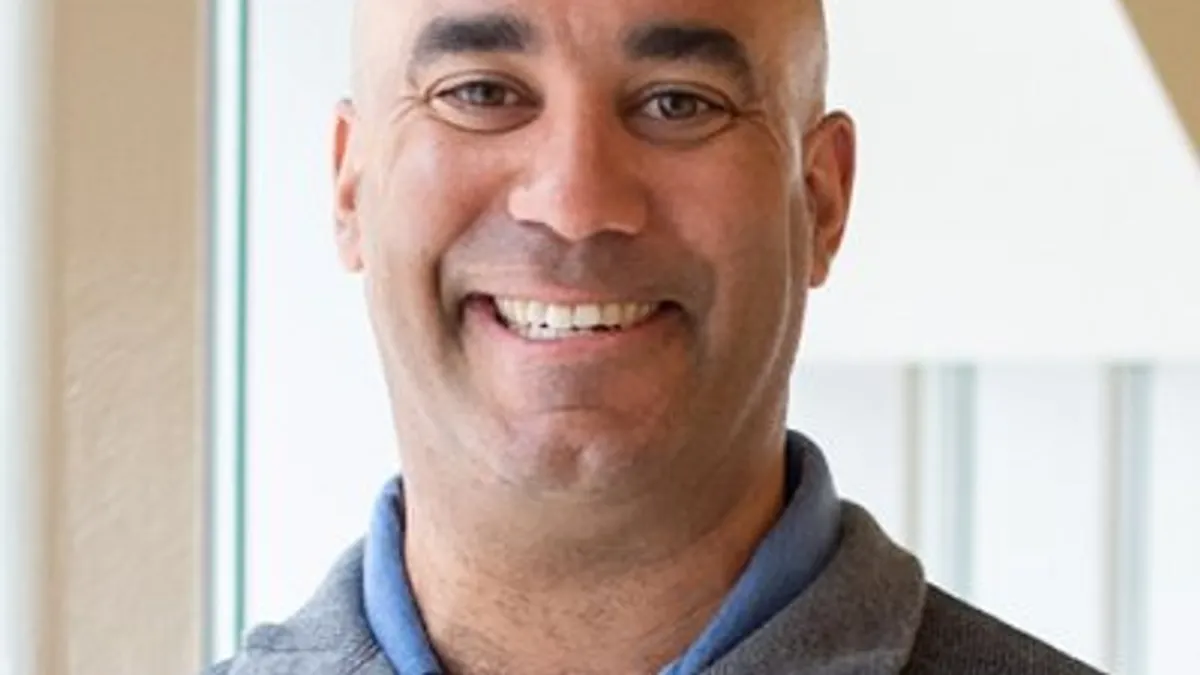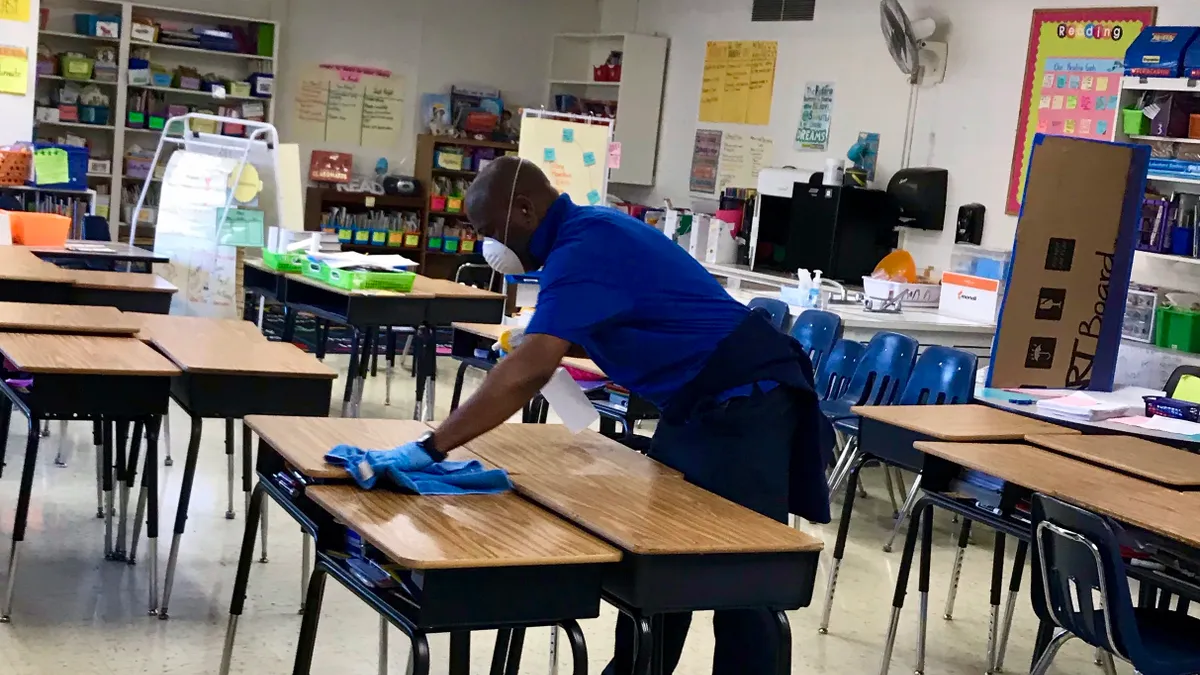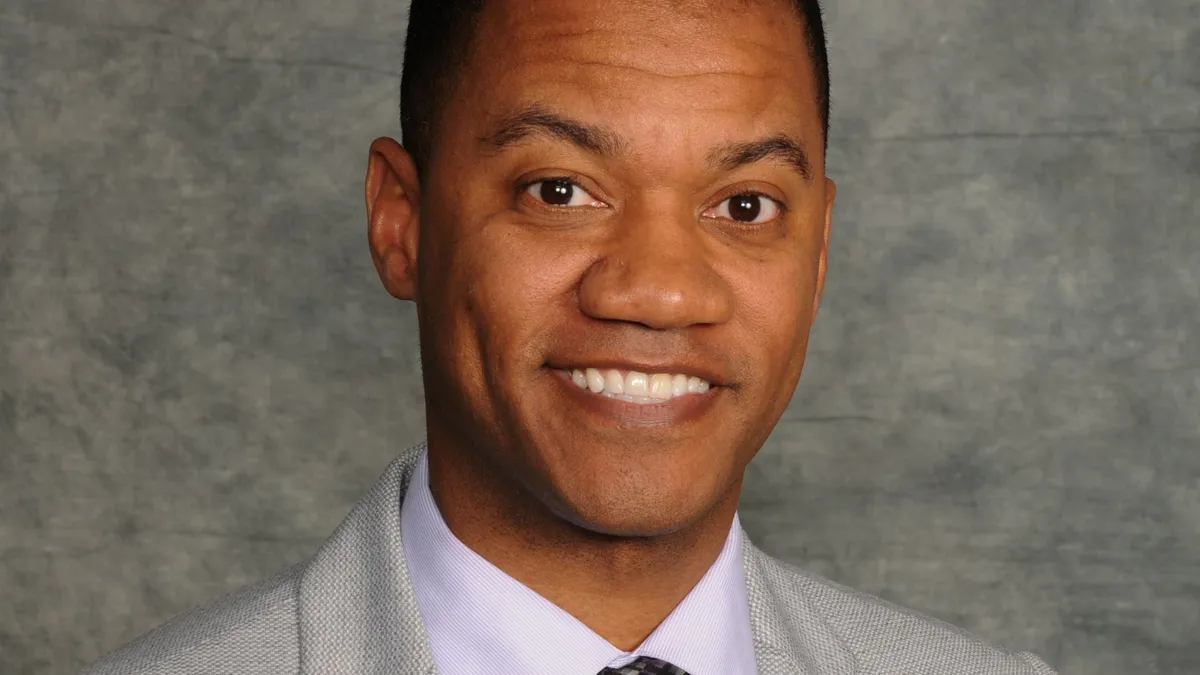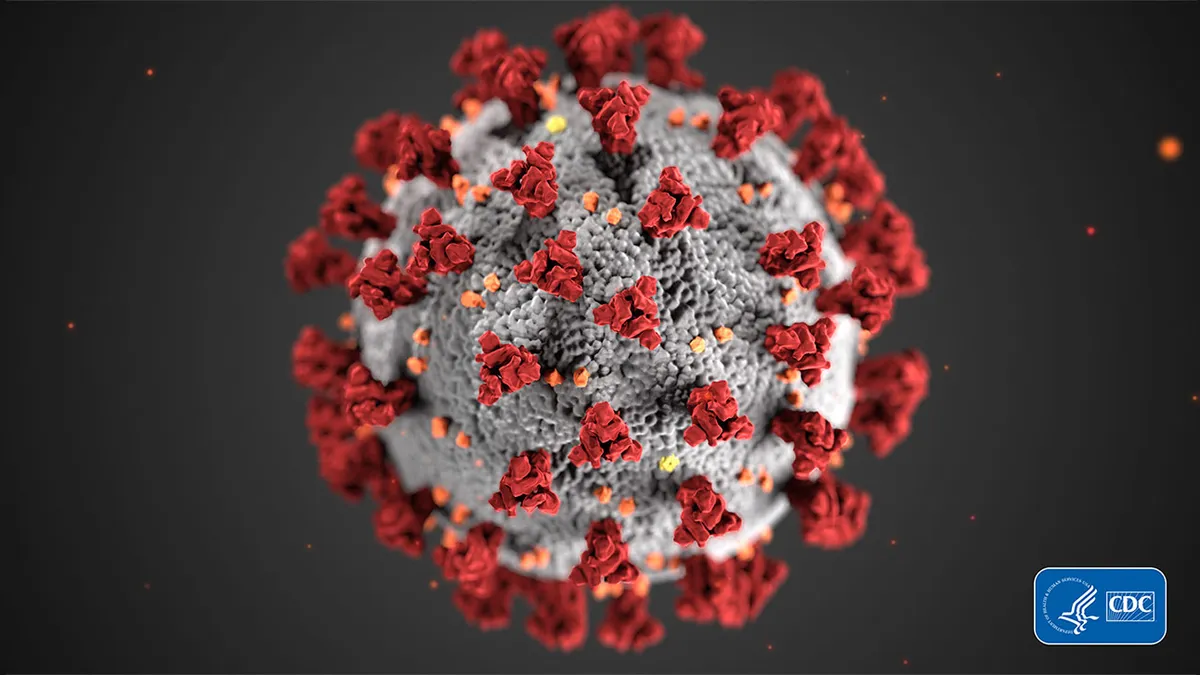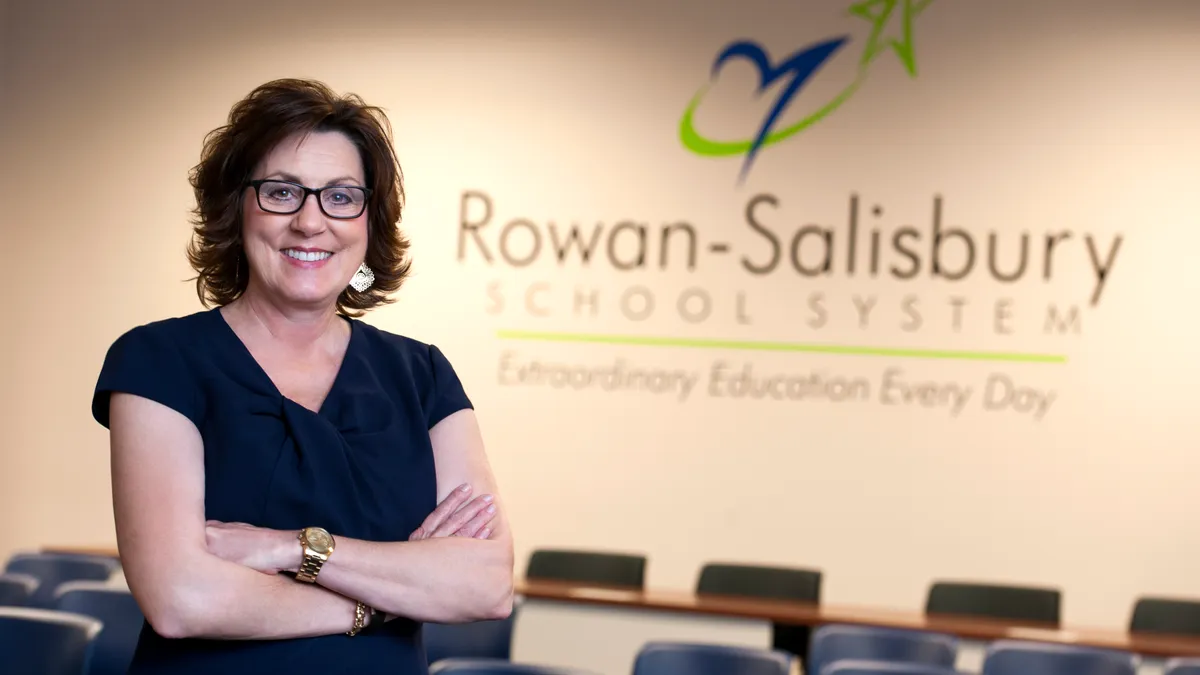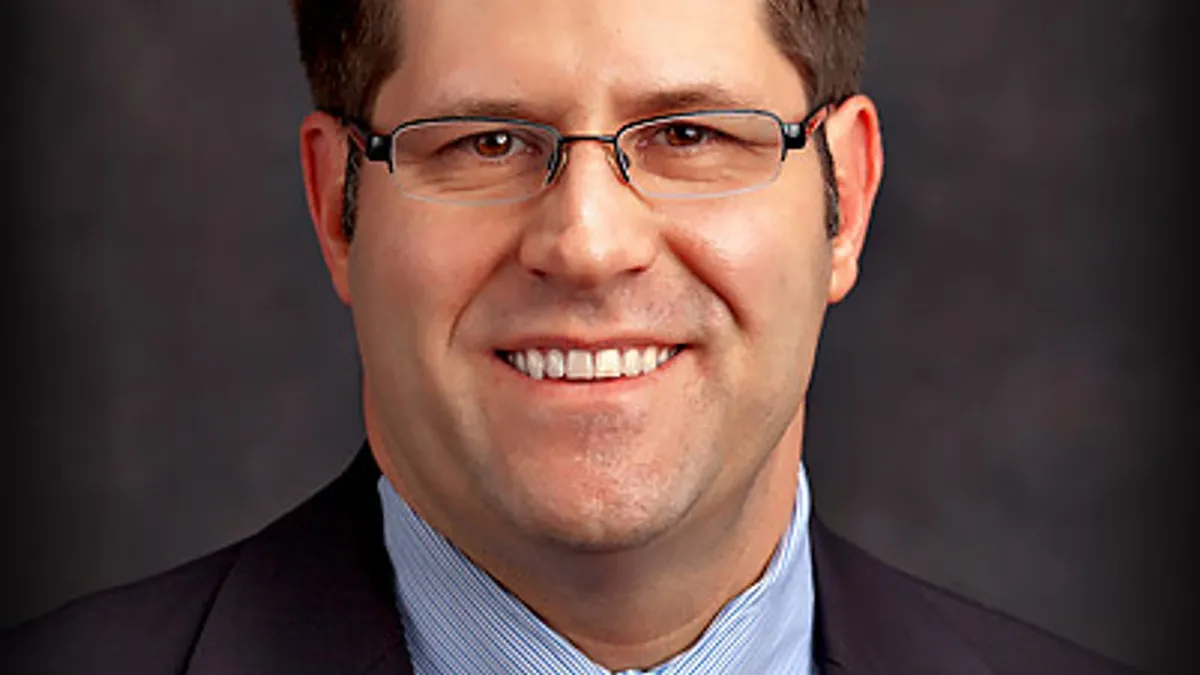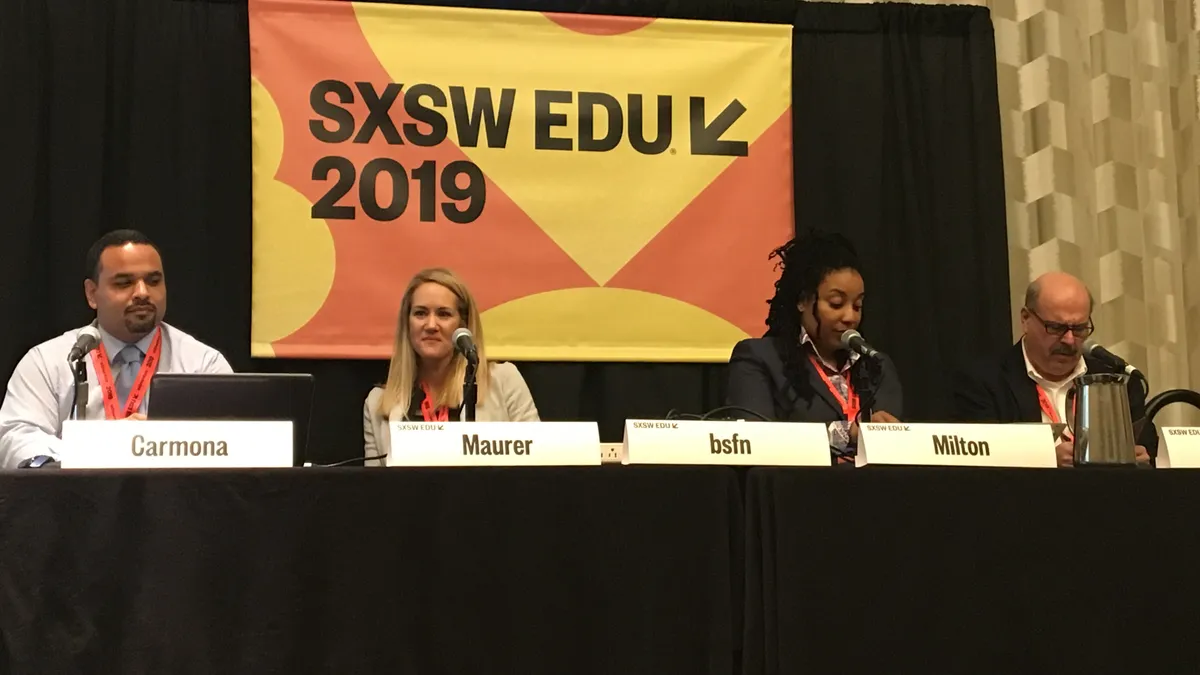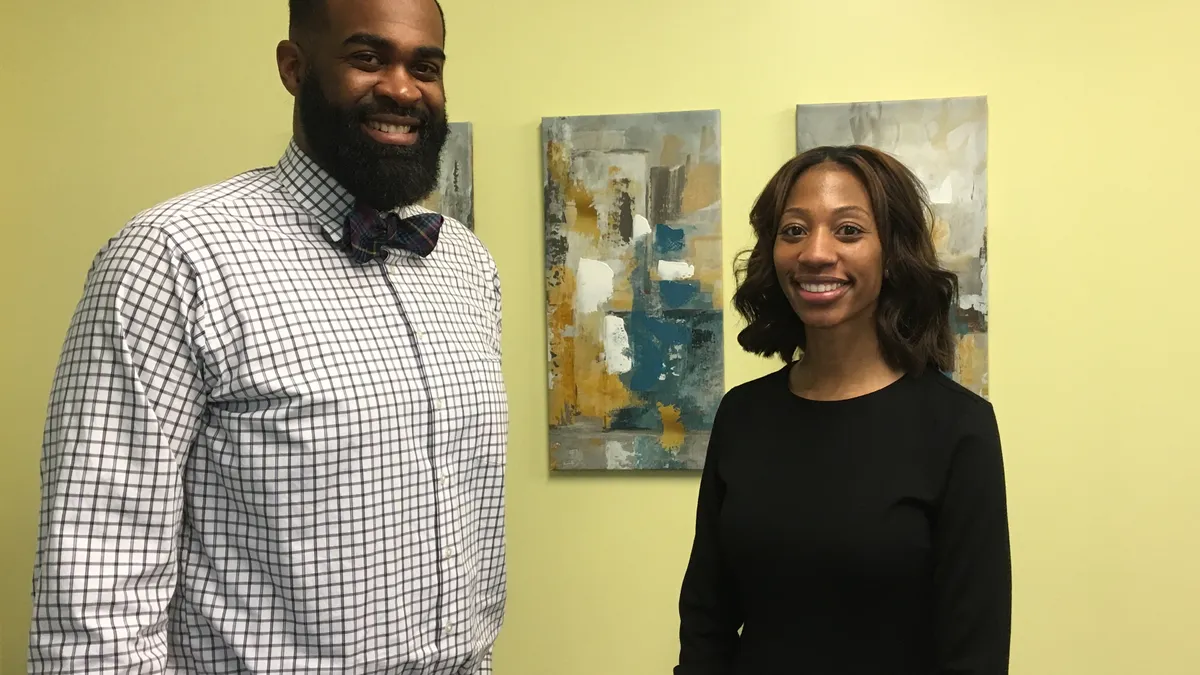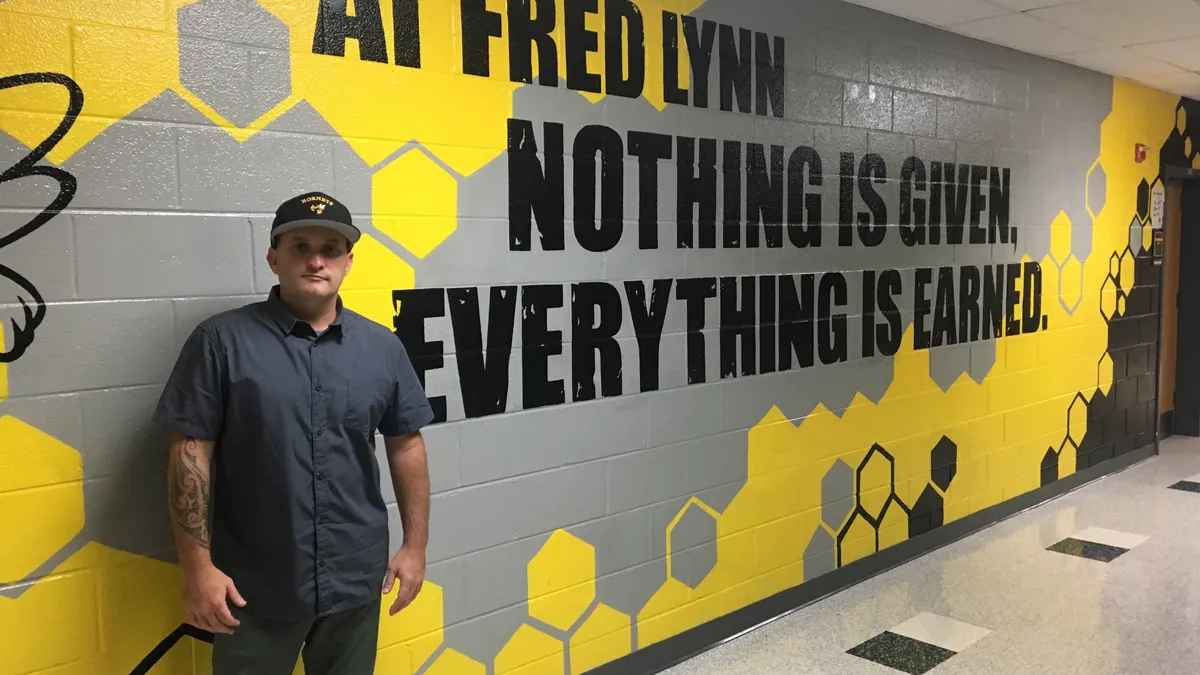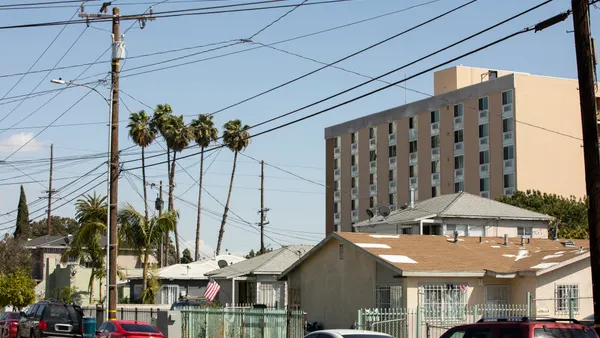Lessons In Leadership is an ongoing series in which K-12 principals and superintendents share their best practices and challenges overcome. For more installments, click here.
In ways no prior year has, 2020 stretched K-12 administrators to their limits across two academic calendars — and its impact is certain to be felt for several more to come.
As the COVID-19 pandemic forced students and teachers into unfamiliar terrain with the widespread adoption of virtual learning models in the wake of mass school closures, superintendents and principals were left to not just oversee the adaptation of academics but to ensure basic needs were met across school communities.
Looking back at this year's Lessons In Leadership installments, we identified three critical areas in which their Herculean efforts spoke the loudest.
Commitment to 'whole-child' approaches on full display
Despite the emphasis policymakers place on accountability metrics, school and district leaders will be the first to tell you a student is more than just a test score — and they certainly won't perform well if their basic needs aren't met. As schools closed and the novel coronavirus' health and economic implications for families grew more clear, the primary concern across the board was making sure students had access to meals and other basic needs.
“It absolutely did shake us up,” Marlon Styles, superintendent of Middletown City School District, in Ohio, told K-12 Dive in April. “Our concern in a high-poverty urban environment was not having the daily contact and interaction with our students inside the walls of our schools.”
With roughly 6,400 students, nearly all of whom qualify for free and reduced-price lunch, Styles, who was recently named K-12 Dive's 2020 Superintendent of the Year, said “the first thing on that list was not to make sure e-learning was being taken care of. It was making sure our kids’ basic human needs are being met. Food was a big deal of that.”
Federal flexibilities on school meal regulations allowed districts nationwide to set up pick-up locations for students and families, or to have school buses repurposed to drop them off. In some cases, assignment packets and essential basic items were also available through these outlets.
Flexibility on a personal level was also key to help students and their families as the virus disrupted the world at large. "Even on a regular day, school might be second, third or fourth on their list," Richard Gordon, principal of Paul Robeson High School in Philadelphia, said in August. "Now you throw in the pandemic, and you kind of exacerbate those issues even further. So we wanted to make sure we also offered a sense of flexibility and offer that connection to let kids know we understand."
Among the challenges many students nationwide have faced since March are illnesses or deaths within their families, parents' loss of employment, housing and food insecurity, and lack of access to resources essential for success.
"We’re very empathetic about situations many of our kids are facing," said Gordon, "and we wanted to make sure we provided them every opportunity for support through this whole process so they knew no matter what they were going through, they were going to be able to be successful because they want to collaborate with us in order to get over those humps."
In some locations, natural disasters also created a "double whammy" for administrators, with Susan Kessler, executive principal of Hunters Lane High School in Nashville, telling us in April how her community was still recovering from tornadoes that had already upended the lives of numerous families.
Kessler noted at the time that being at the principal level allowed her "to just focus on how we’re going to help kids, because I don’t have the weight of those [larger] decisions [like shuttering or reopening schools] like superintendents do.”
Equity front and center
The homework gap, in which students who lack home internet or device access have been increasingly left behind as schoolwork becomes more tech-based, has been a growing concern for the past decade. When COVID-19 pushed school into virtual environments, the disparities were clearer than ever.
"The equity gap that exists in this country between the haves and have-nots is on center stage right now," Styles said in April. "We’ve got kids across this country and here in Middletown who go home and don’t have access to Wi-Fi and maybe not even a device in their home. But right now across the country, we’re celebrating e-learning, virtual learning, whatever kind of learning you want to call it. It’s not an equitable model. I think it’s time we stand up and do something about it as a country."
Closing that gap is a challenge Styles has advocated for on a national stage, having testified to Congress during a May briefing on the issue that he loses sleep at night over students disconnected from learning and concerned about their families' survival.
More affluent districts weren't immune from access issues, either.
"We've handed out over 500 devices now because, with live learning and after this went on beyond the initial two-week period of time, let's say you're in a home and with two or three kids, and mom and dad both work [from home], there were four or five people going for the technology all at the same time," Shari Camhi, superintendent of Baldwin Union Free School District in New York, told us in May. "So we ended up handing out many more devices than we initially anticipated."
But getting devices in hands was also half the battle. The realities of disruptions to the home lives of students and educators on top of academics meant a need for flexibility for all parties involved while they adjusted to the pandemic. In many cases, the answer was an asynchronous model where students may have, for example, viewed prerecorded lessons and completed assignments or projects on their own time. In others, a teacher may have polled students to find a time of day that worked for everyone.
"We've been able to navigate schedules in a way so that I have, for example, one high school teacher who is at home with his kids, so his lessons are a little later in the afternoon when his wife can take over watching his kids," Camhi said. "And that's worked out for the kids in his classes, as well, because they are more awake later in the afternoon and the pressures for their parents are less later in the afternoon."
Social-emotional well-being amid dual crises
The year saw students and educators battered on two fronts. On the first, they were confronted with a pandemic that disrupted their lives with traumas including prolonged social isolation, illness and loss of loved ones, and damage to family finances.
Susan Enfield, superintendent of Washington's Highline Public Schools, which was recently named K-12 Dive's District of the Year, created a program to ensure students maintained a meaningful connection with at least one adult in their schools.
"Every student in Highline has an adult from their school assigned to them," Enfield said in November. "And that adult is checking in with that student on a daily, on a weekly basis — just building that relationship and checking in."
The program isn't particularly formal, she noted, saying that it's primarily focused on checking in to ask, “How are you? What do you need? What was a success for you this week? What was the challenge?”
"A student doesn't need a deep, meaningful relationship with every adult in their school," she said. "It just takes one."
On the other front, the police-involved deaths of Black Americans including George Floyd and Breonna Taylor spurred a national reckoning over systemic racism. Leaders like Henry Turner, principal of Newton North High School near Boston, saw the latter of the two crises as an opportunity to reaffirm their schools' commitment to anti-racism.
"One of the things our students gave us feedback on was when these incidents occur, there were times when they may go through a day where none of their teachers were talking about it, and then their interpretation was, 'Well, the school just doesn't care,'" Turner, also K-12 Dive's Principal of the Year, told us in October. "And then there were students where every teacher talked about it, and they were just exhausted."
When these efforts aren't always greeted with open arms across the political spectrum within the school community, it's also important to remain steadfast, he said.
"We have the mettle to be able to be resilient through that. We talk about, as a community, we can't shy away from it. This is the work," said Turner. "The reason we believe in anti-racism is because we know racism exists and we know our society is not one where 100% of people agree on that topic. That's what racism is."









